Origin
In 1981, Morris R. developed the Morris Water Maze, a simple and inexpensive navigational task that required continuous decision-making by the subject to escape from the water. The task involved a large pool filled with water, into which the rats were immersed and forced to swim to find one of the two, visible and invisible, escape platforms. Due to the limitations in local olfactory, auditory and visual clues, the subject is forced to depend on its own spatial learning system to reach the goal. Morris used 4 groups of rats and tested them in a setup wherein they were presented with an escape platform that was above or just below the surface and in a fixed or varied location. The experiment following the initial test, investigated the performance of the rats when they were placed in a novel starting position.
Further papers published by Morris evaluated hippocampal-dependent learning over several years (Morris 1981, Morris 1982, Morris 1984, Morris 1986). The maze also gained popularity when it was used by Ian Whishaw’s group in Canada (Kolb et al., 1982, Kolb et al., 1983).
Developments
Since its conception and development by Richard Morris at the University of St. Andrews in Scotland, the Morris Water Maze became a viral behavioral assay for spatial learning and memory. The MWM allowed testing of different variables of behavioral investigations, including pharmacological assessment and cerebral function, making it a popular choice for research in the domain of neurodegenerative and neuropsychiatric disorders, compound testing, and lesion models.
Since the initial papers, the maze has been used to study various disease models, including endocrine abnormalities, strokes, Alzheimer’s disease, other neurodegenerative diseases, and their effects on learning and memory (Brandeis et al., 1989).
Hamm et al. used the Morris Water Maze to investigate the generality of cognitive deficits observed after traumatic brain injury (TBI). The participants were subjected to three tests; the Passive avoidance test and constant-start versions of the MWM that did not require hippocampal processing and the standard MWM task that relied on hippocampal processing. In their findings, they were able to observe that fluid percussion TBI did not impair performance in the passive avoidance test and the constant-start tasks of the MWM.
Recent developments
In their investigation, Kishi et al. were able to observe that exercise improved cognitive decline as determined by the Morris Water Maze performance. Cognitive decline is seen as one of the critical organ damage of hypertension and studies have indicated that the decrease in BDNF in hippocampus causes the cognitive decline. Kishi’s investigation tested stroke-prone spontaneously hypertensive rats and was able to conclude that caloric restriction, in addition, to exercise up-regulated BDNF in the hippocampus leading to synergetic protection against cognitive decline.
Hosseini and colleagues (2017) investigated the effects of vitamin C during neonatal and juvenile growth on the learning and memory abilities of rats. The rats treated with 10-500 mg/kg of vitamin C showed reduced latency and travel distance and an increase in time spent in the target quadrant in the MWM task.


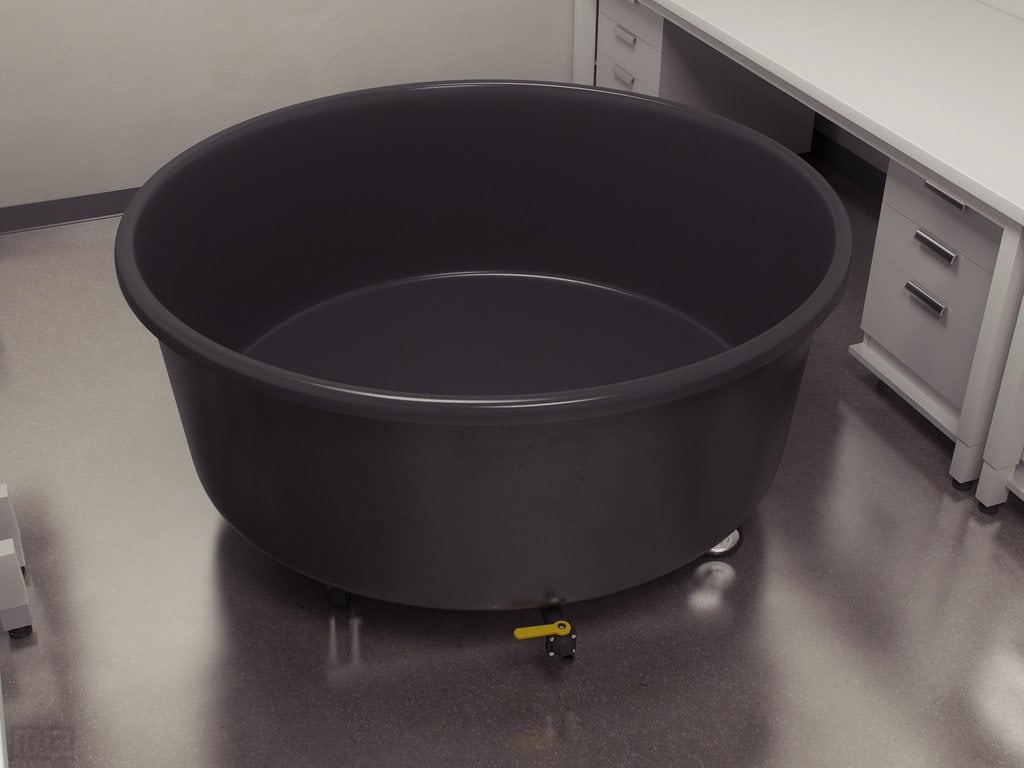
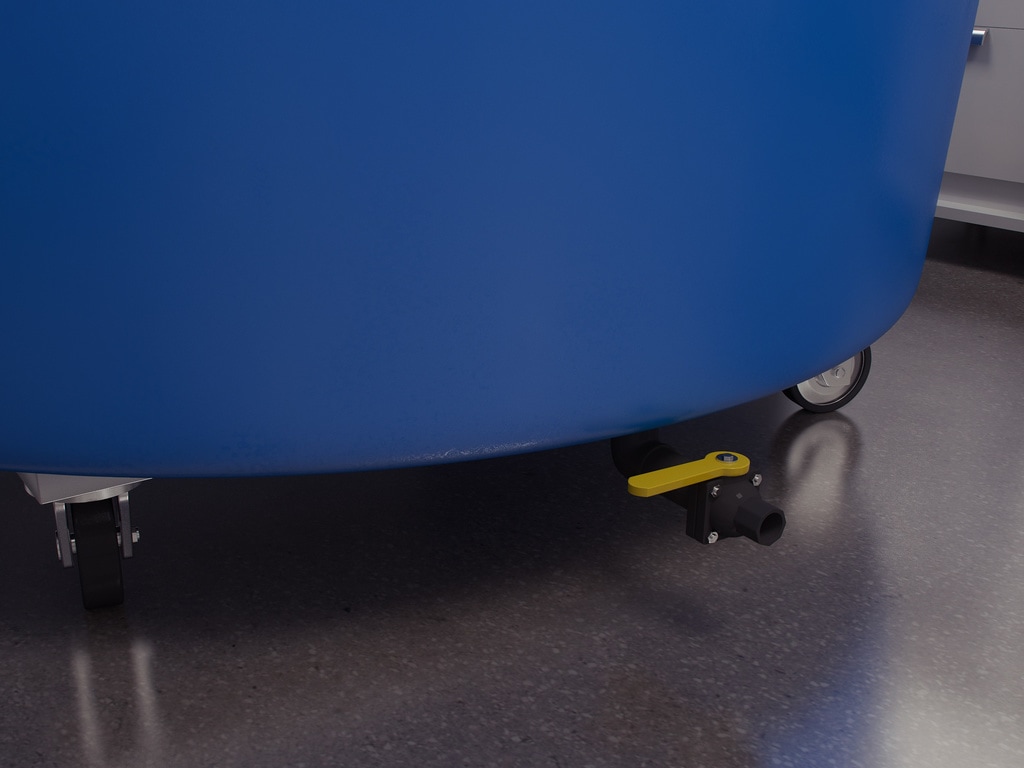





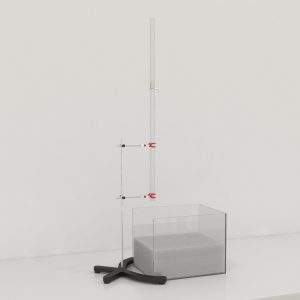
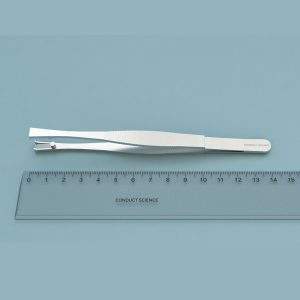



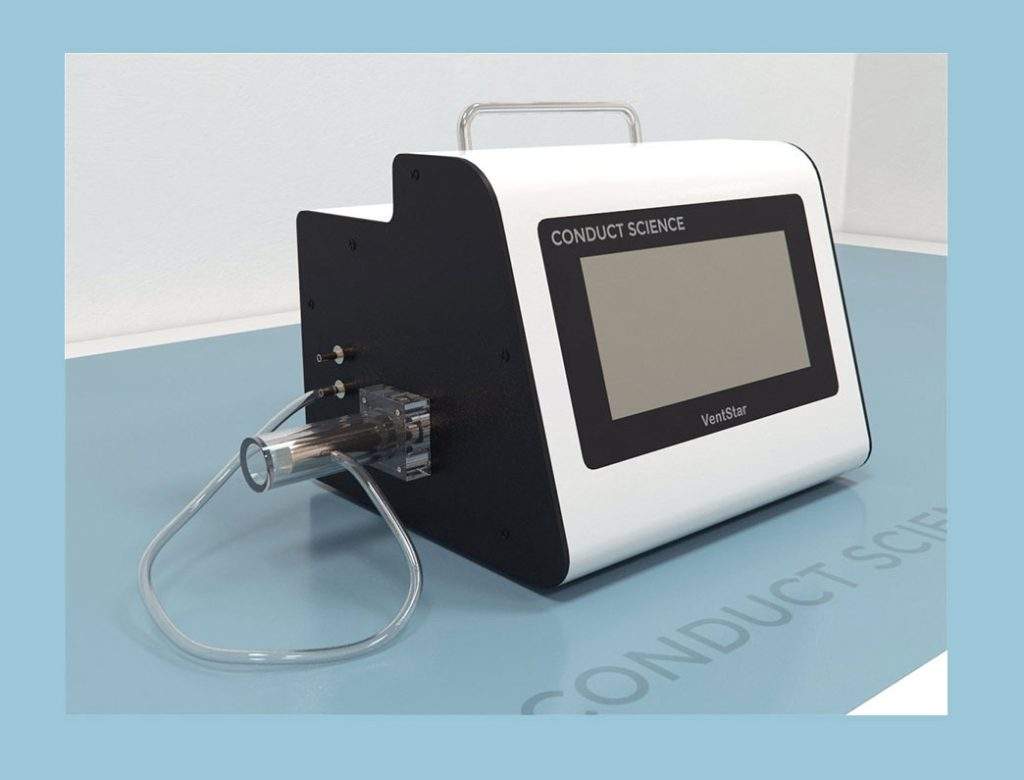
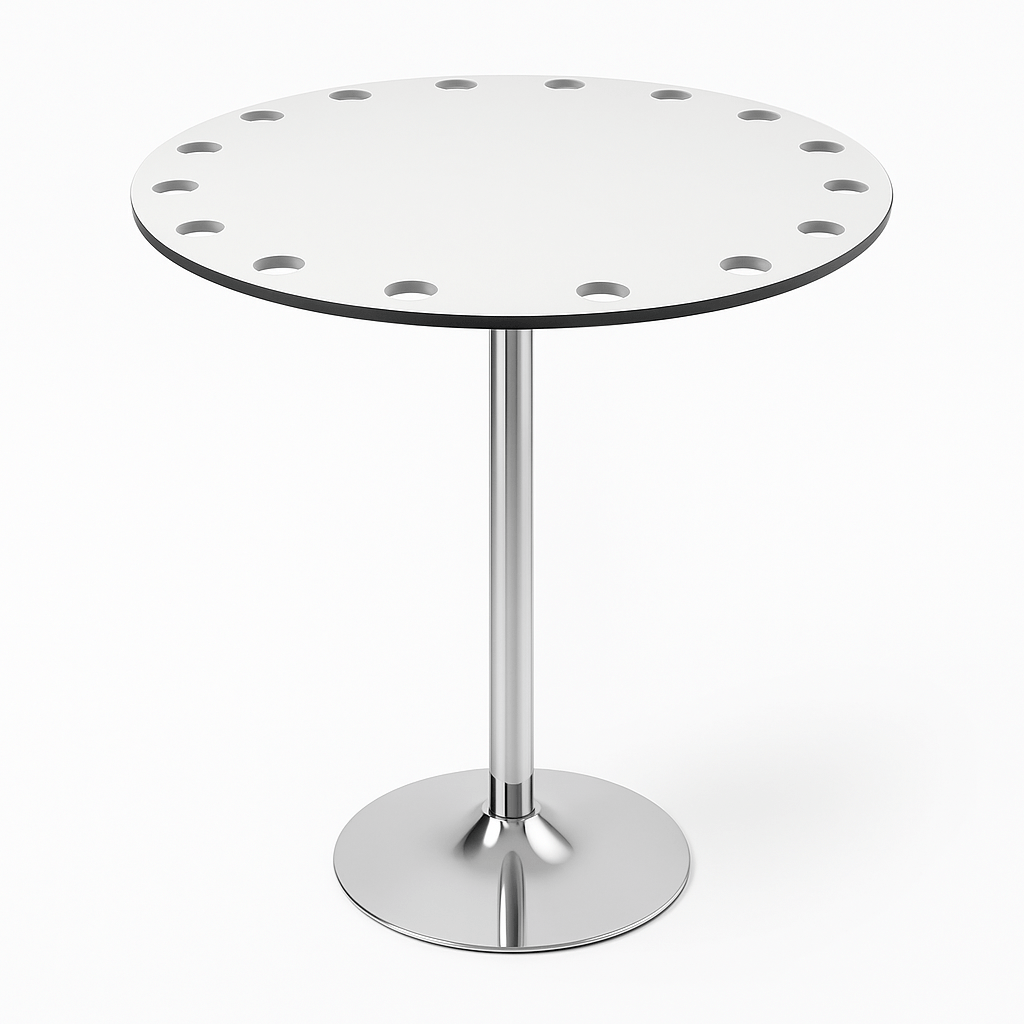

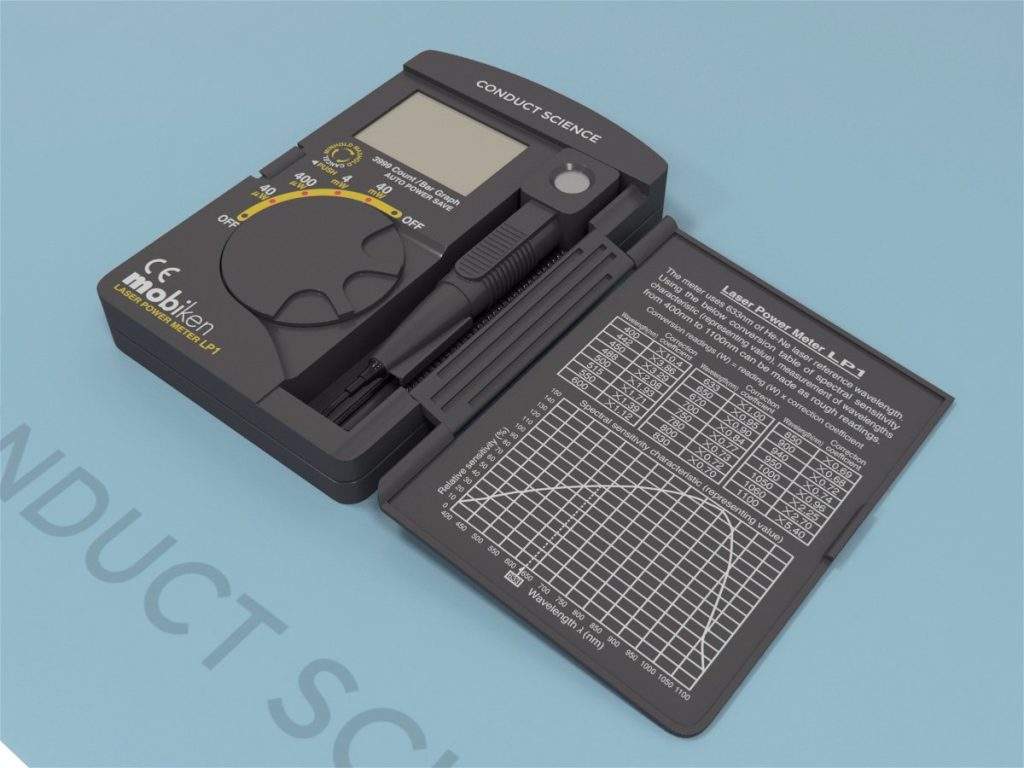


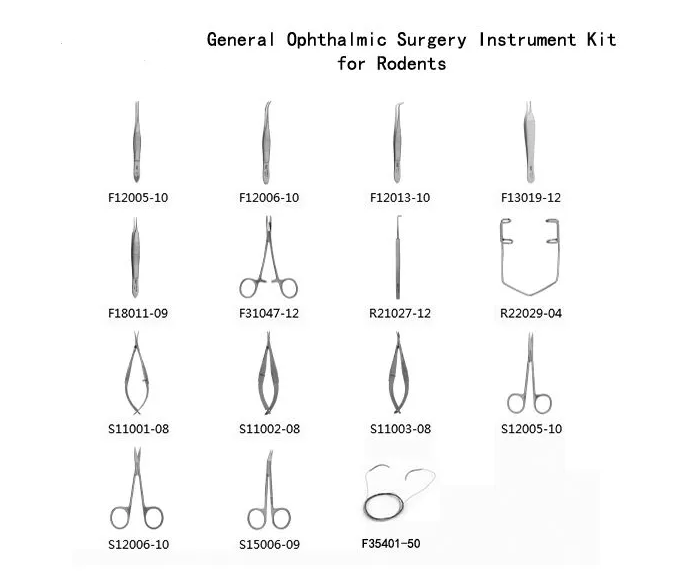

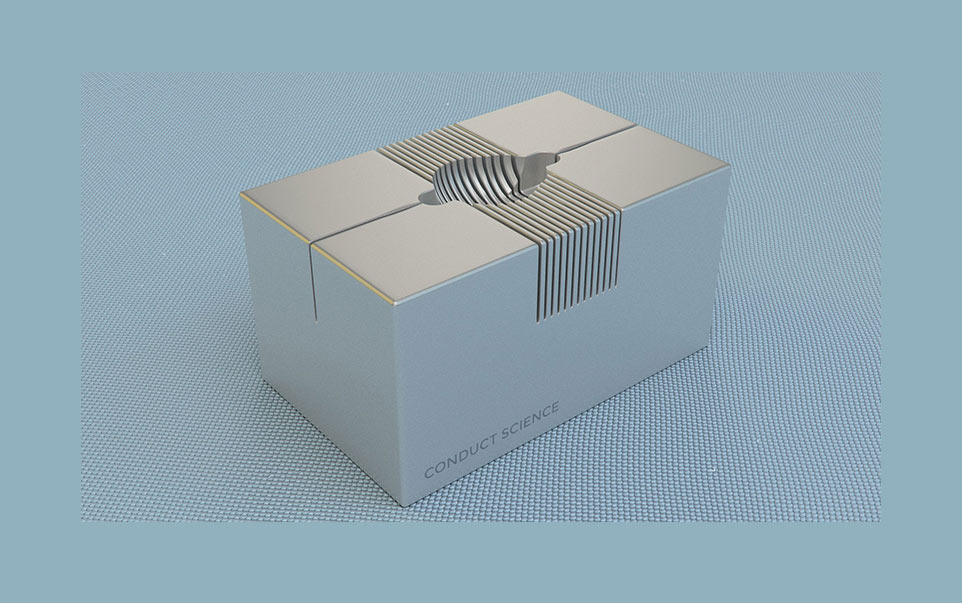
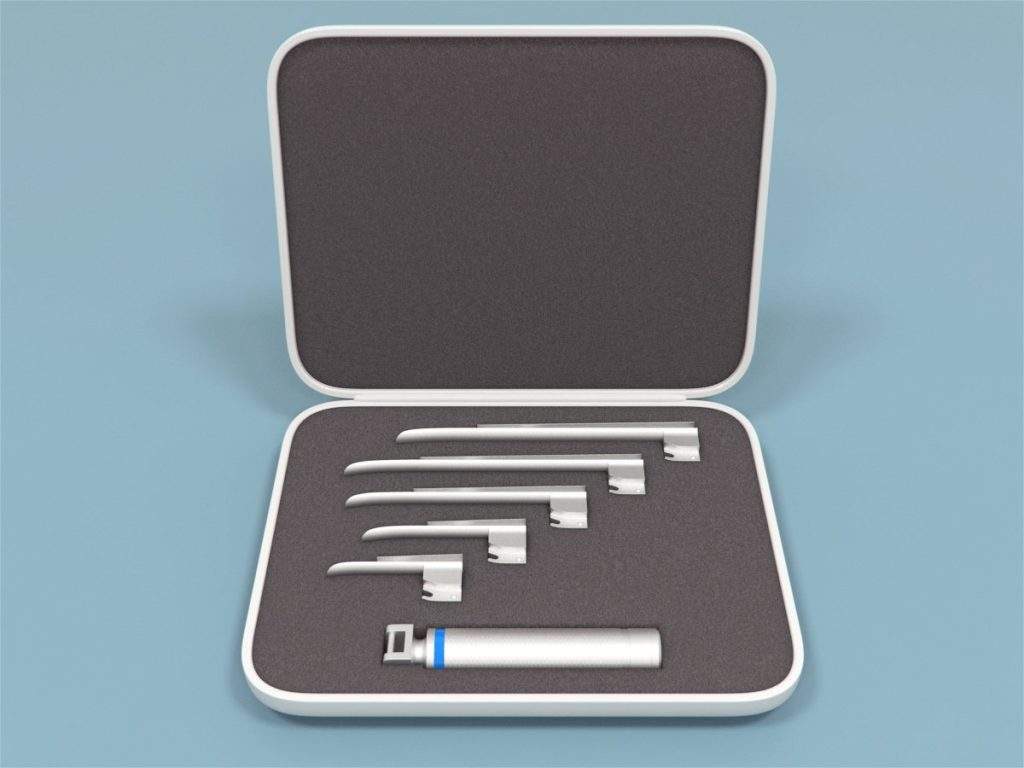
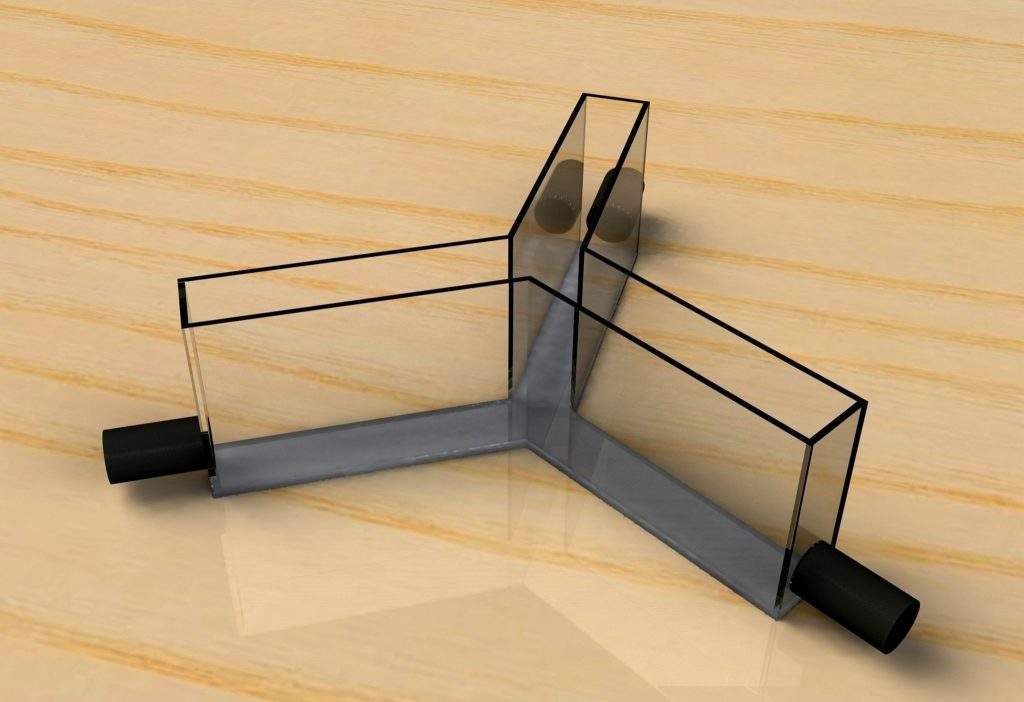

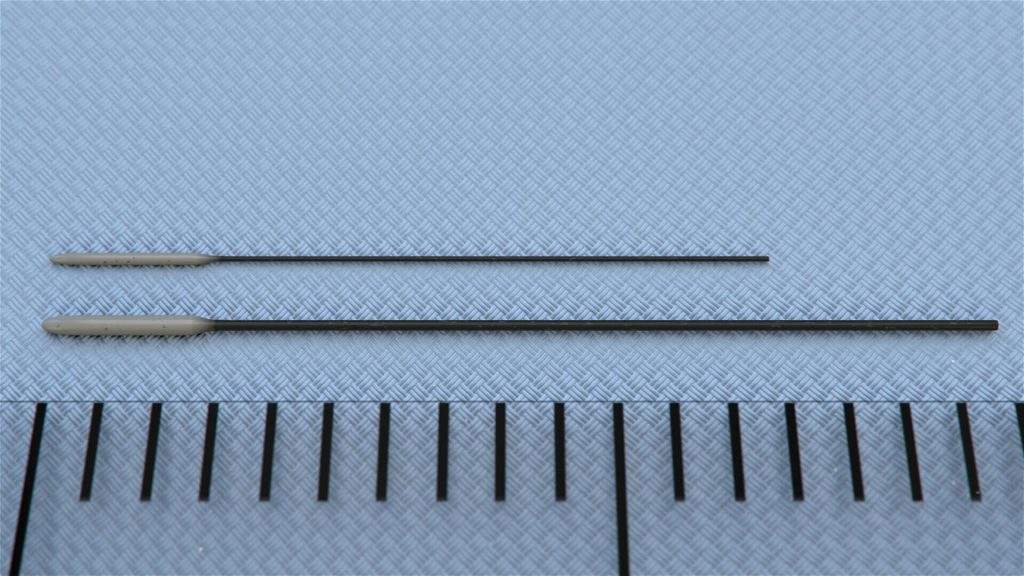
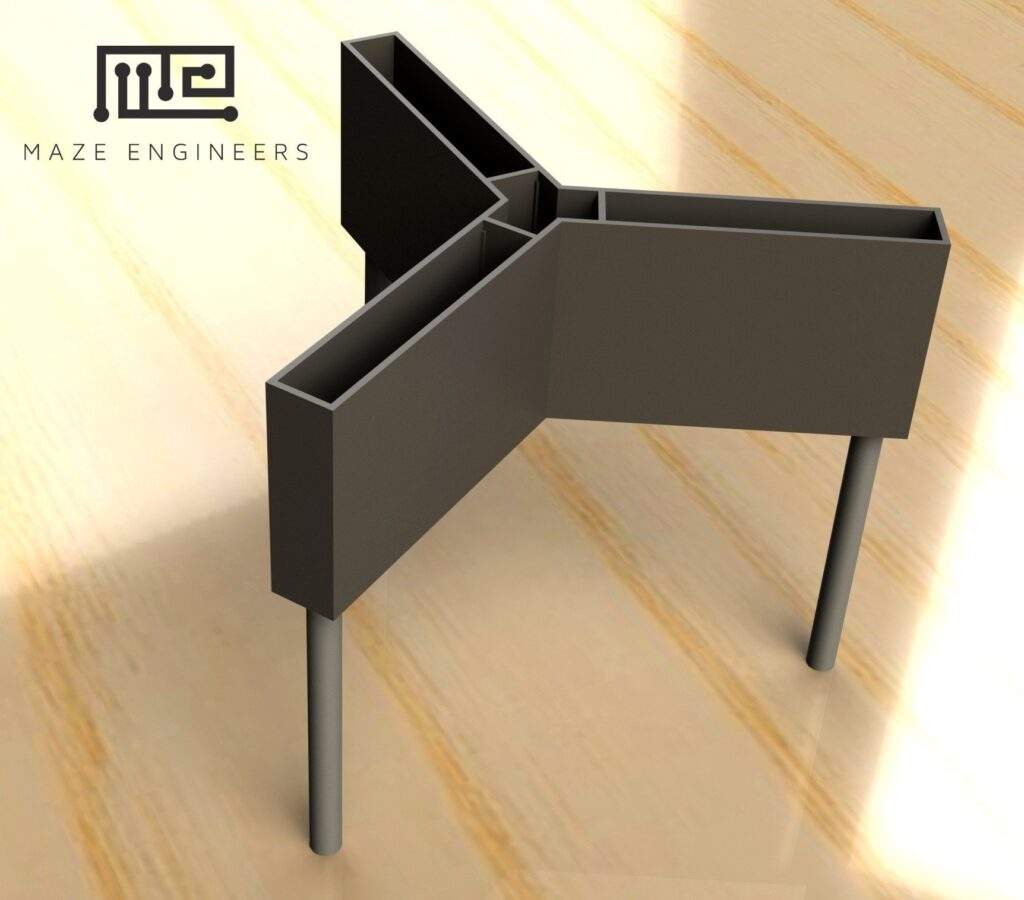
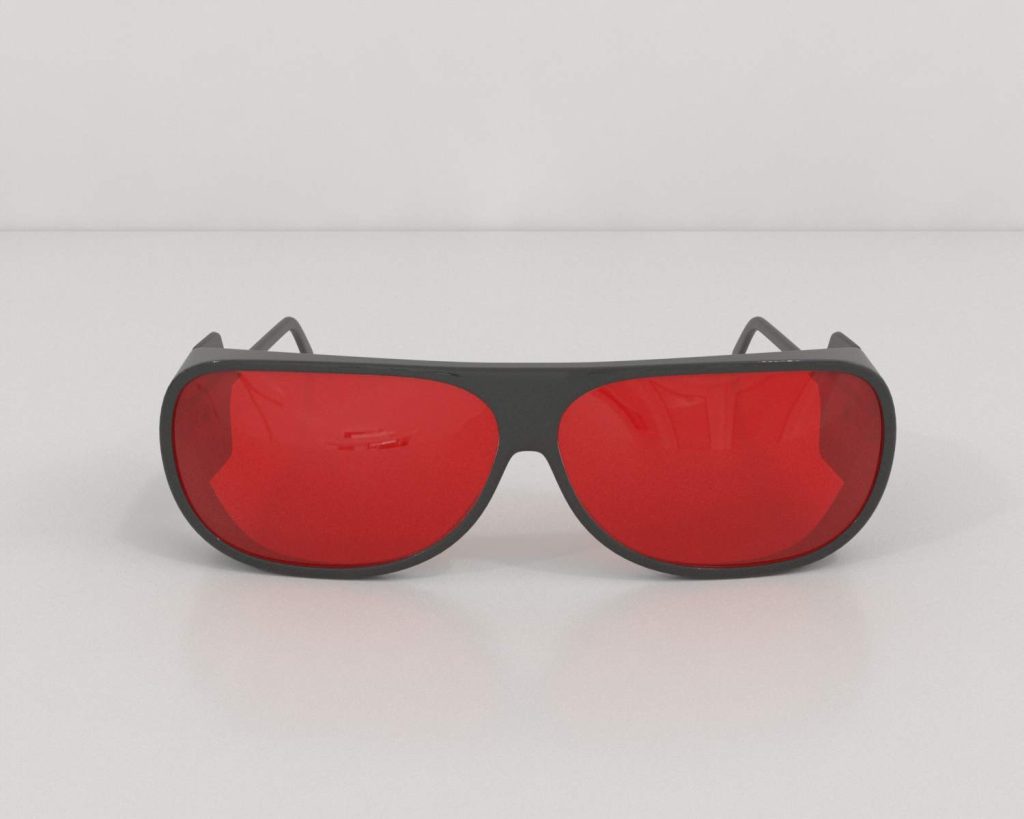
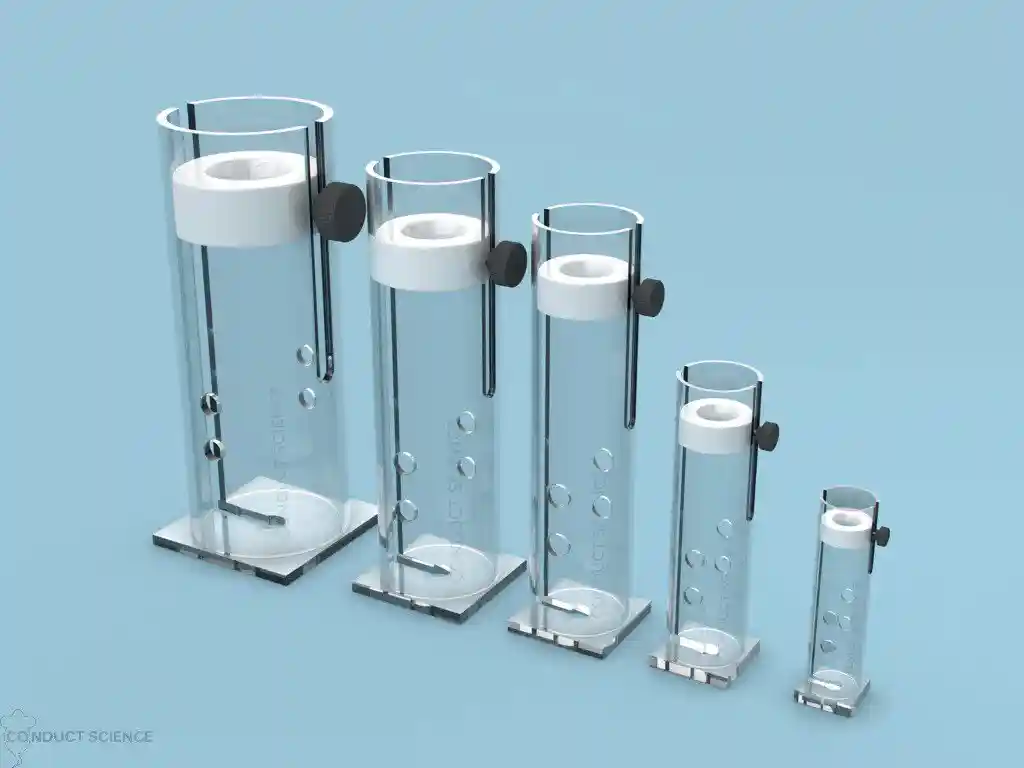

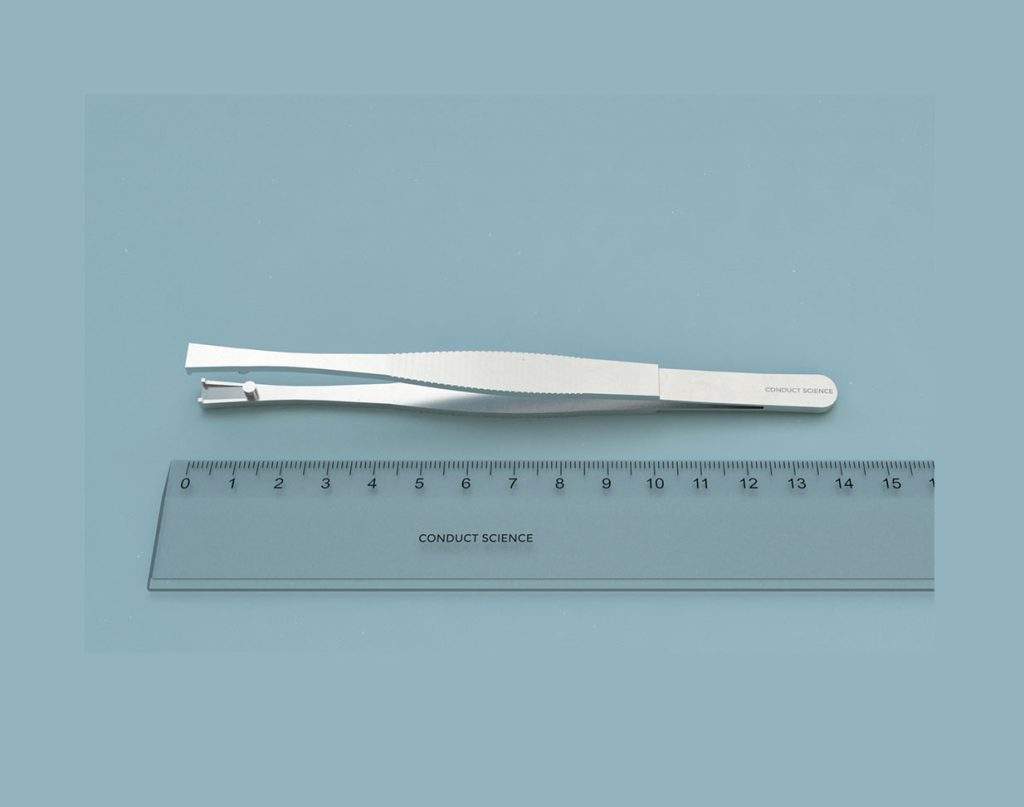

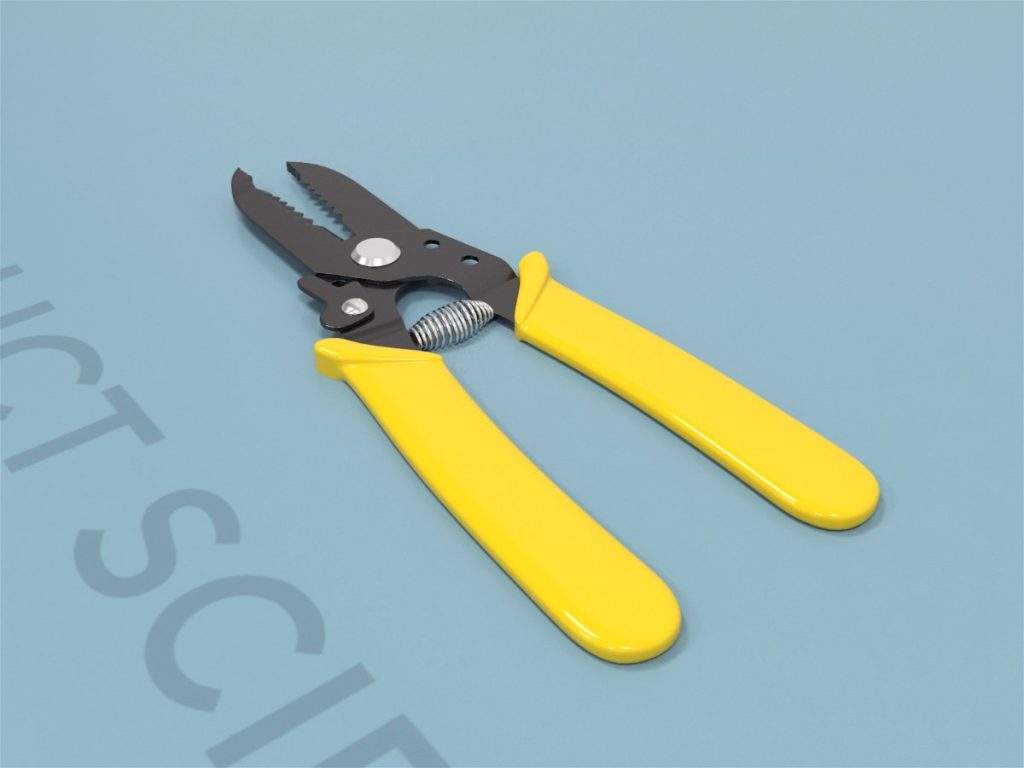




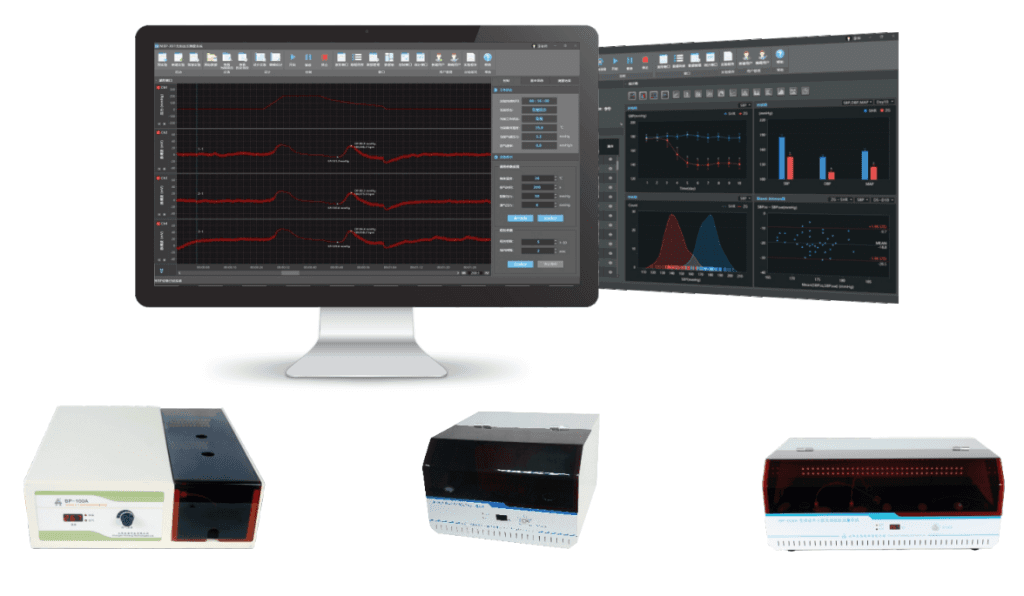
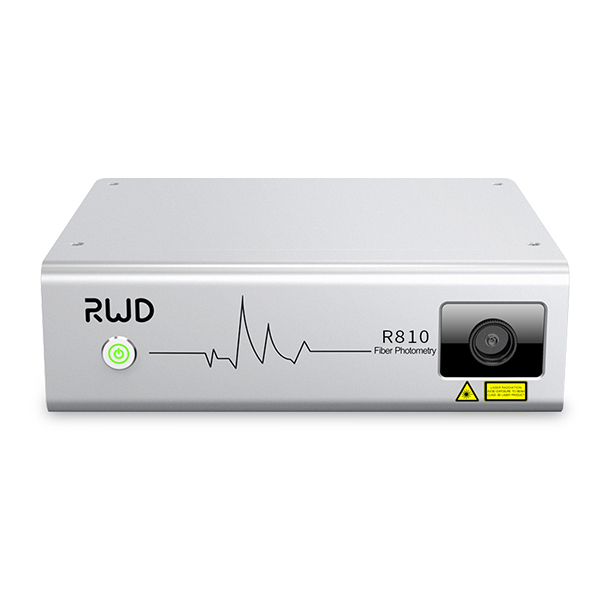


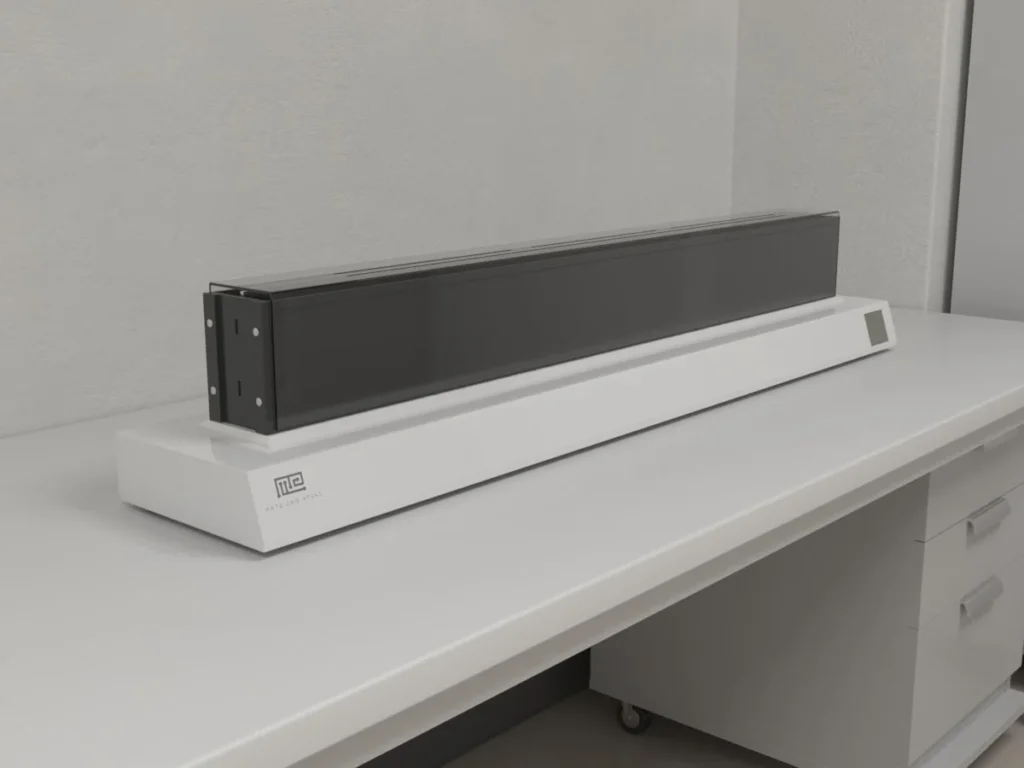

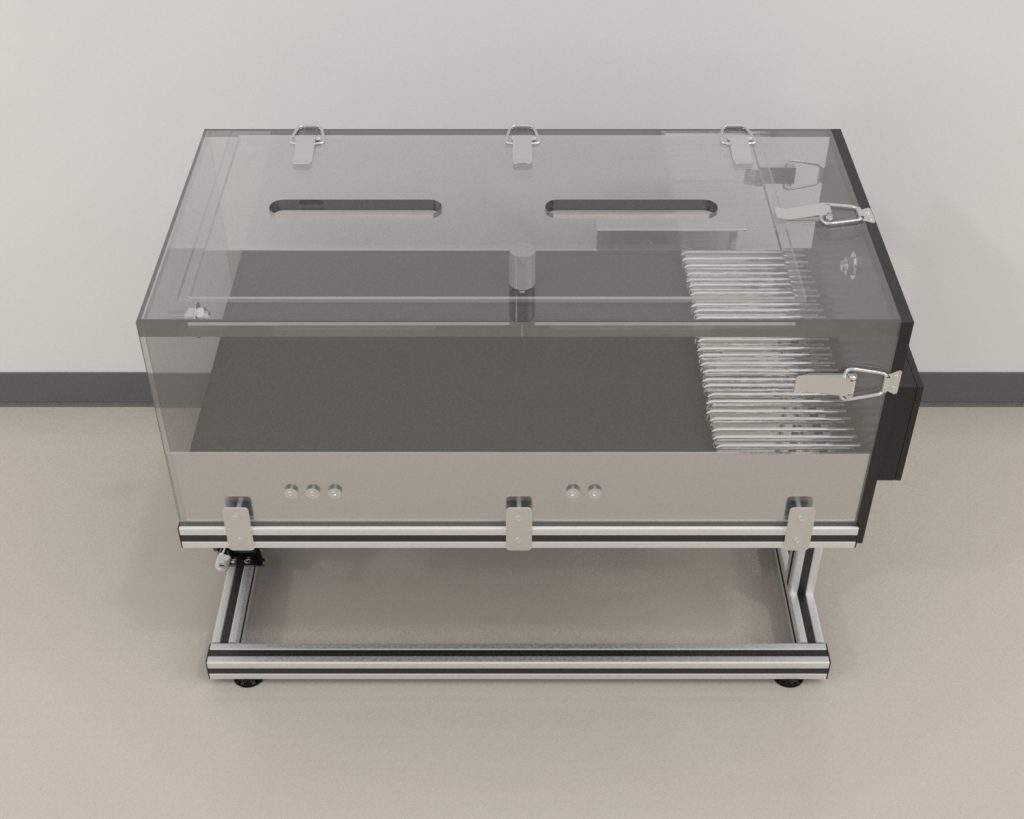

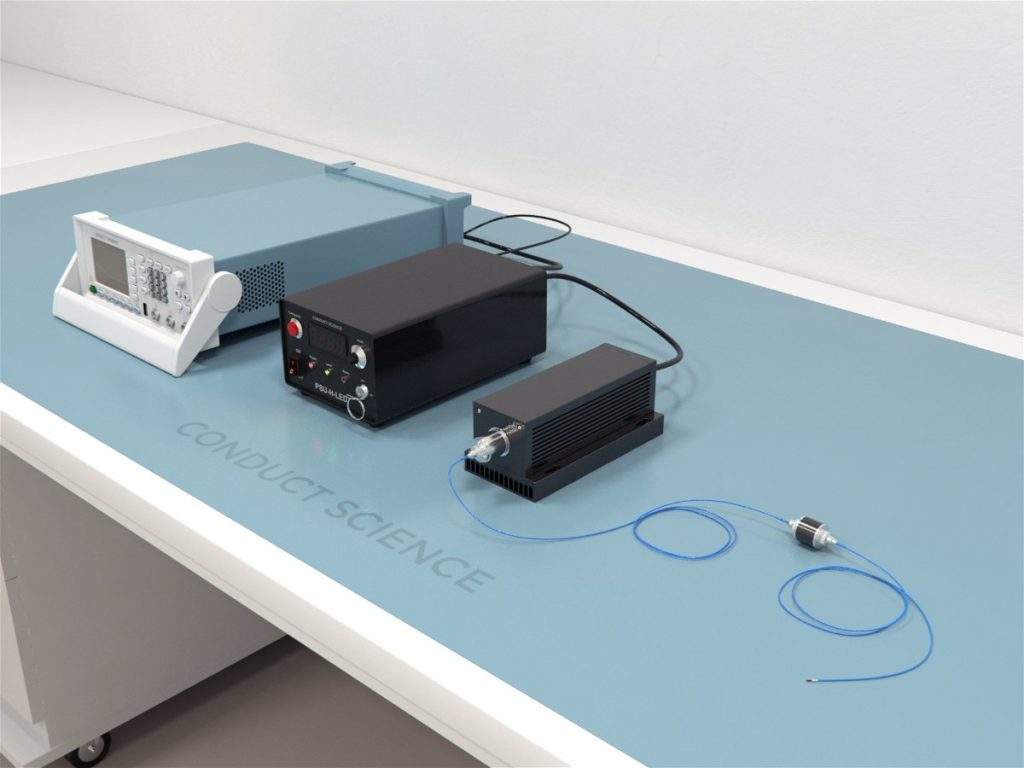



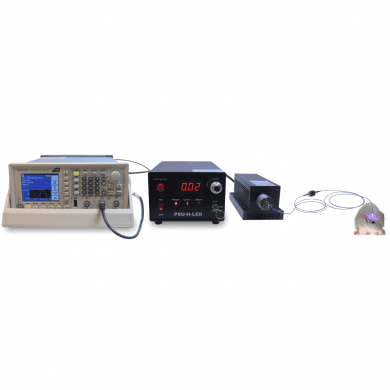


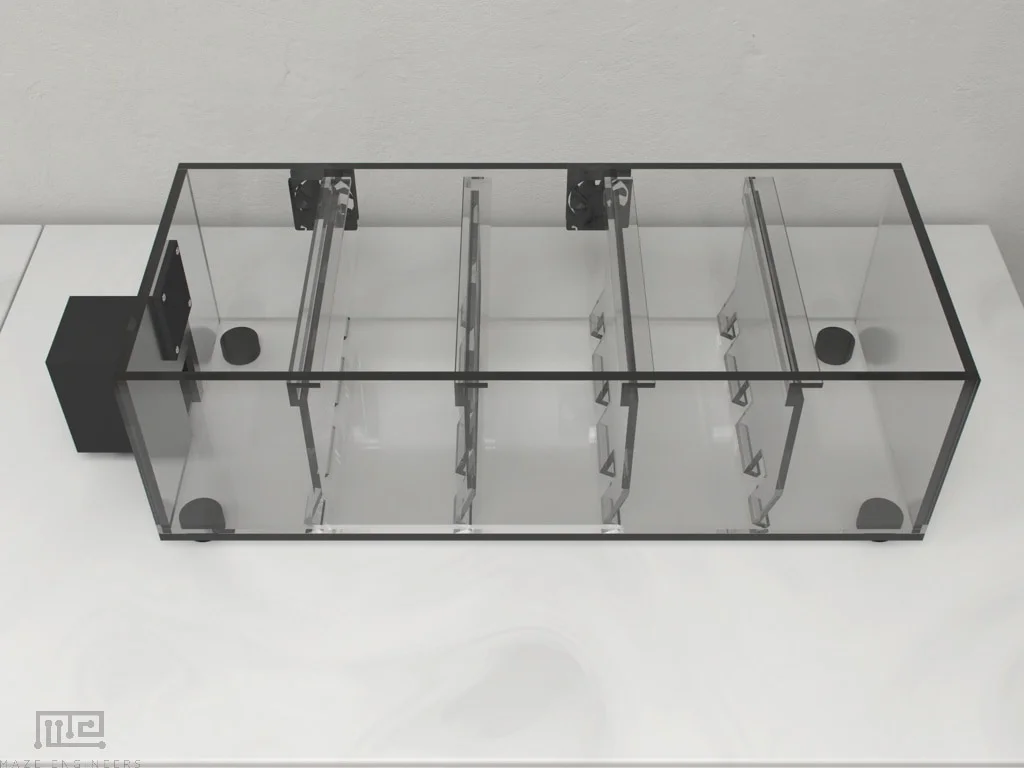
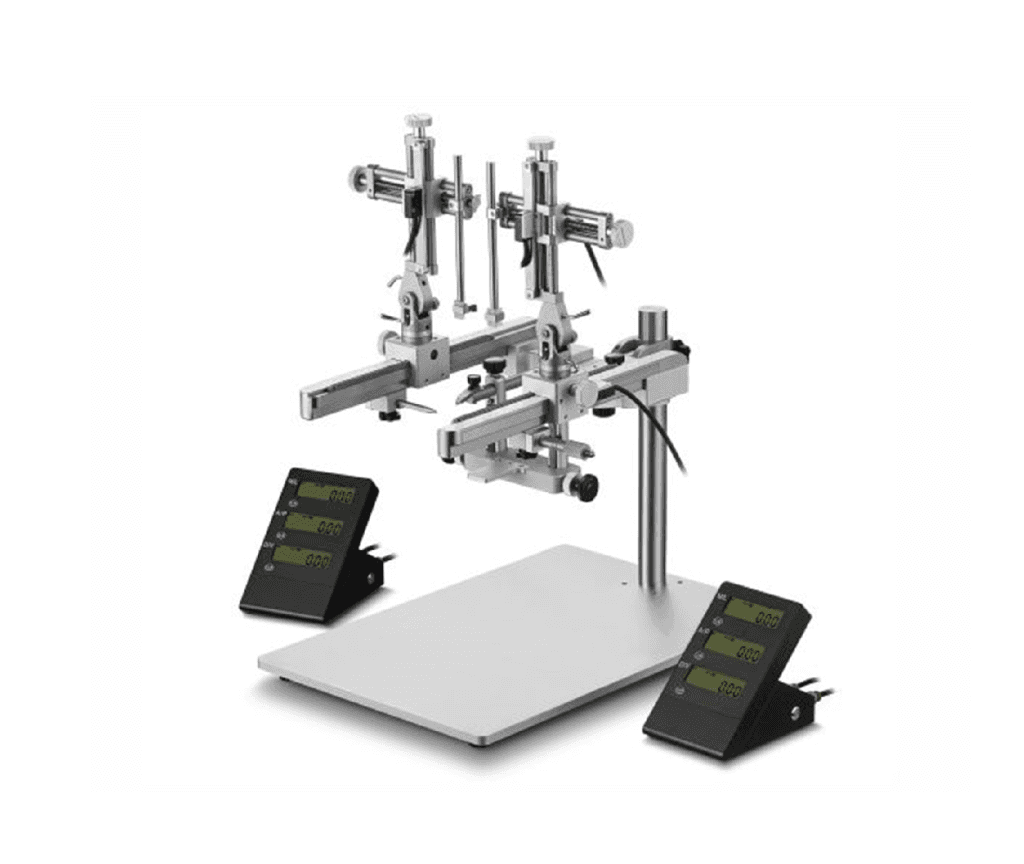
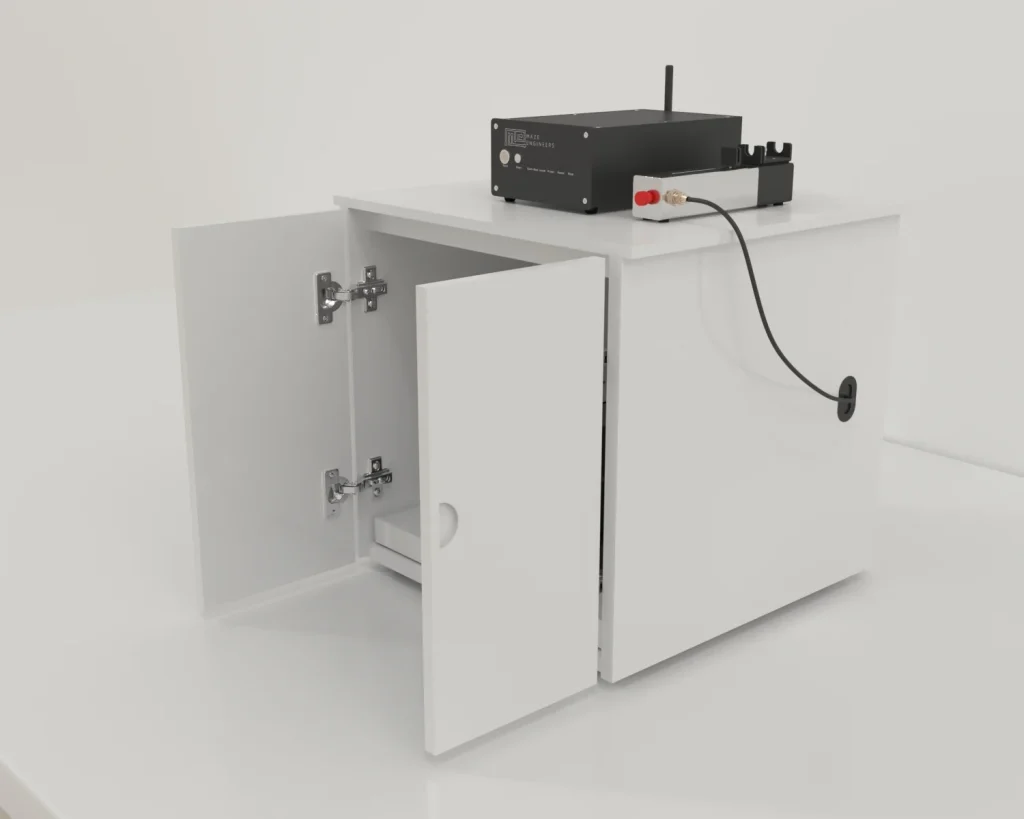
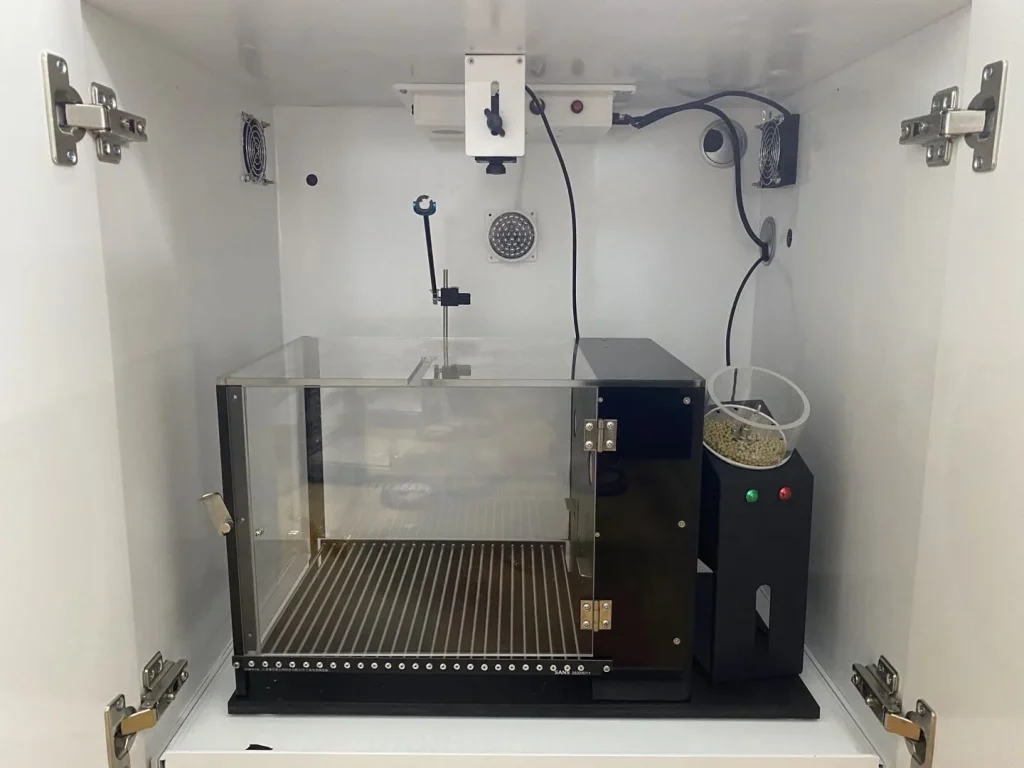


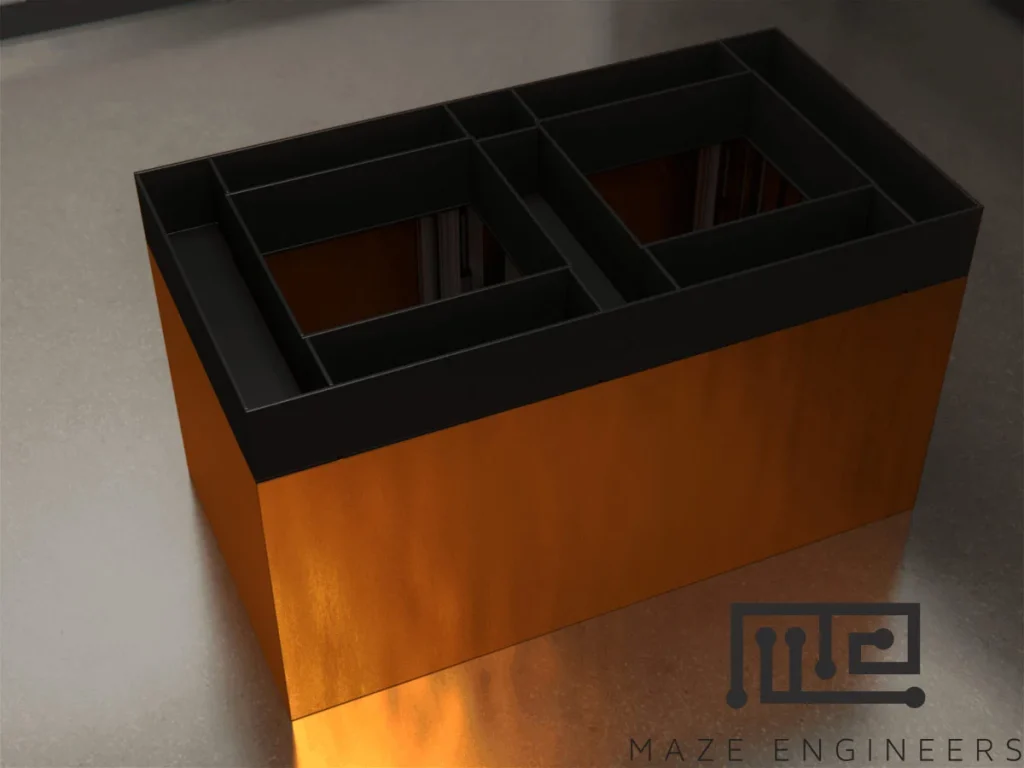




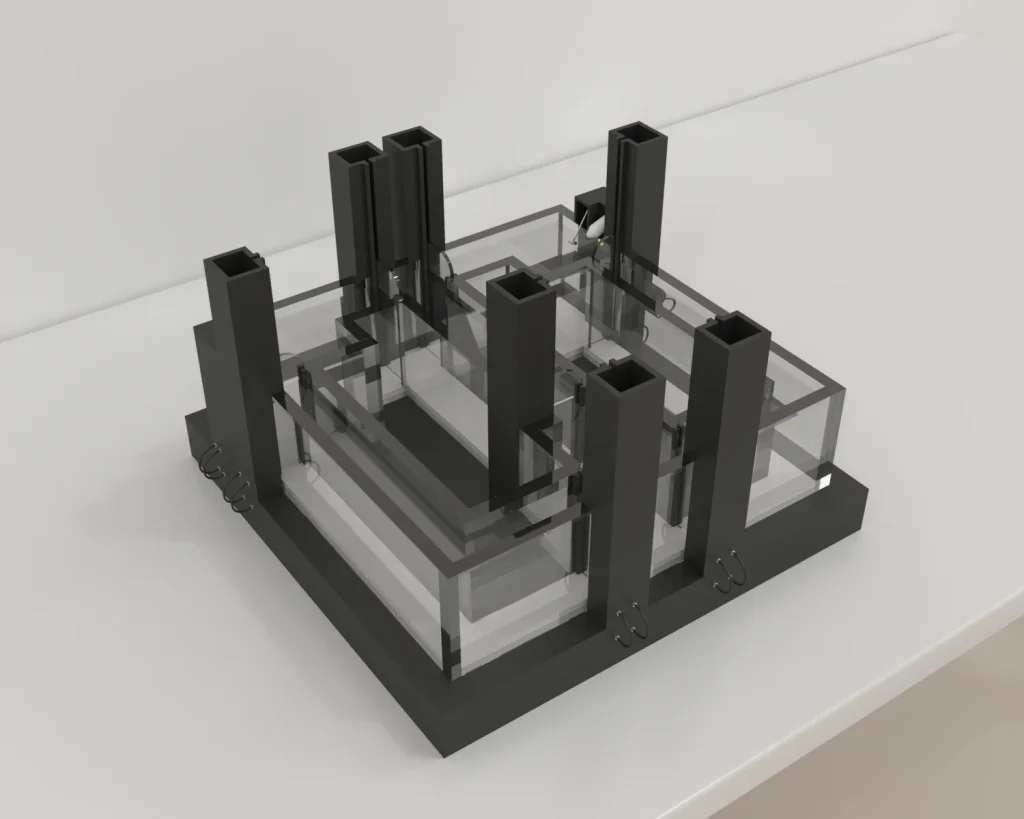
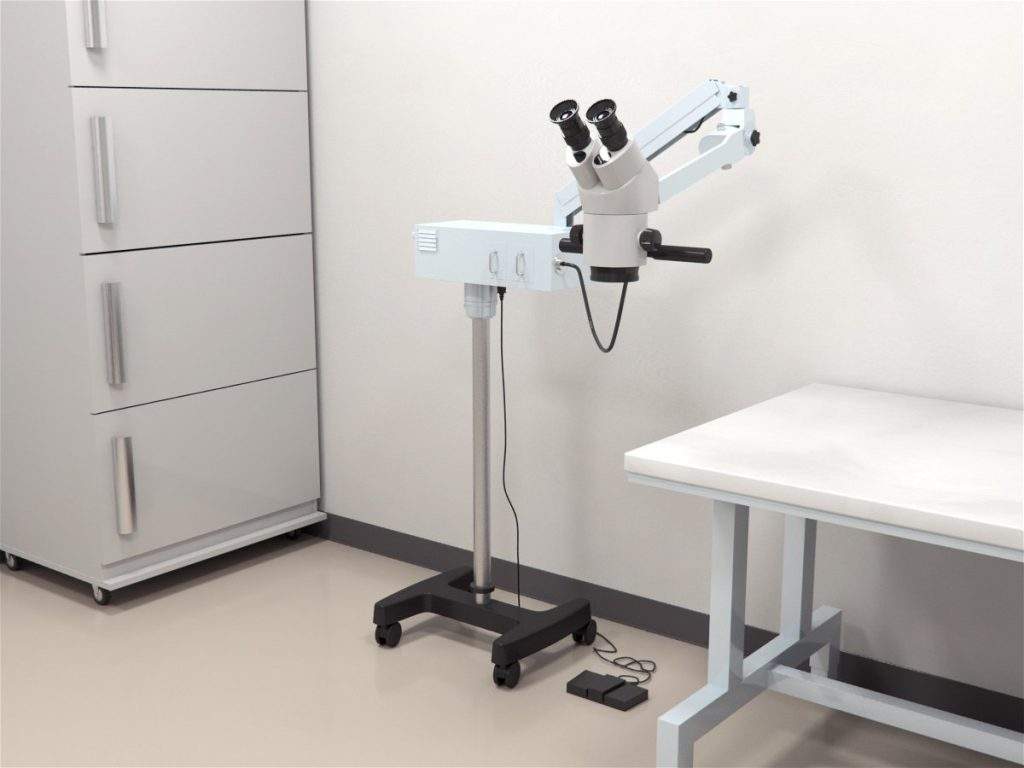
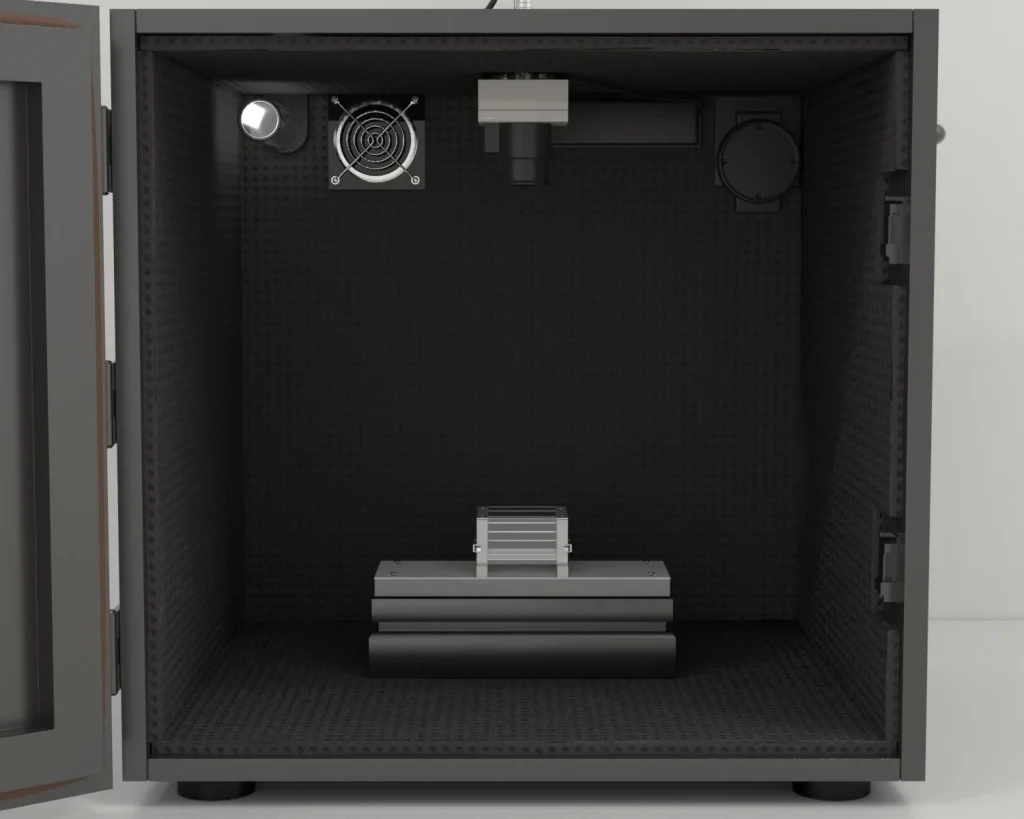

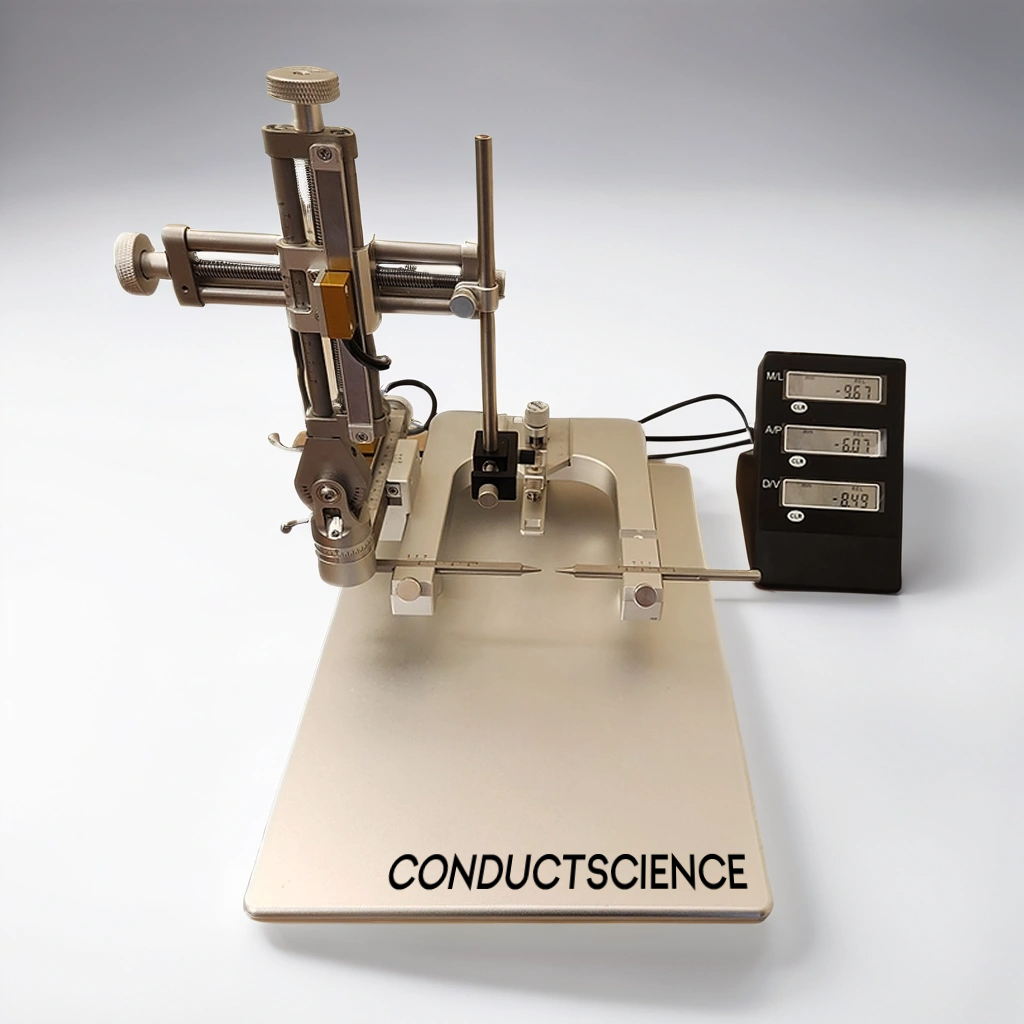

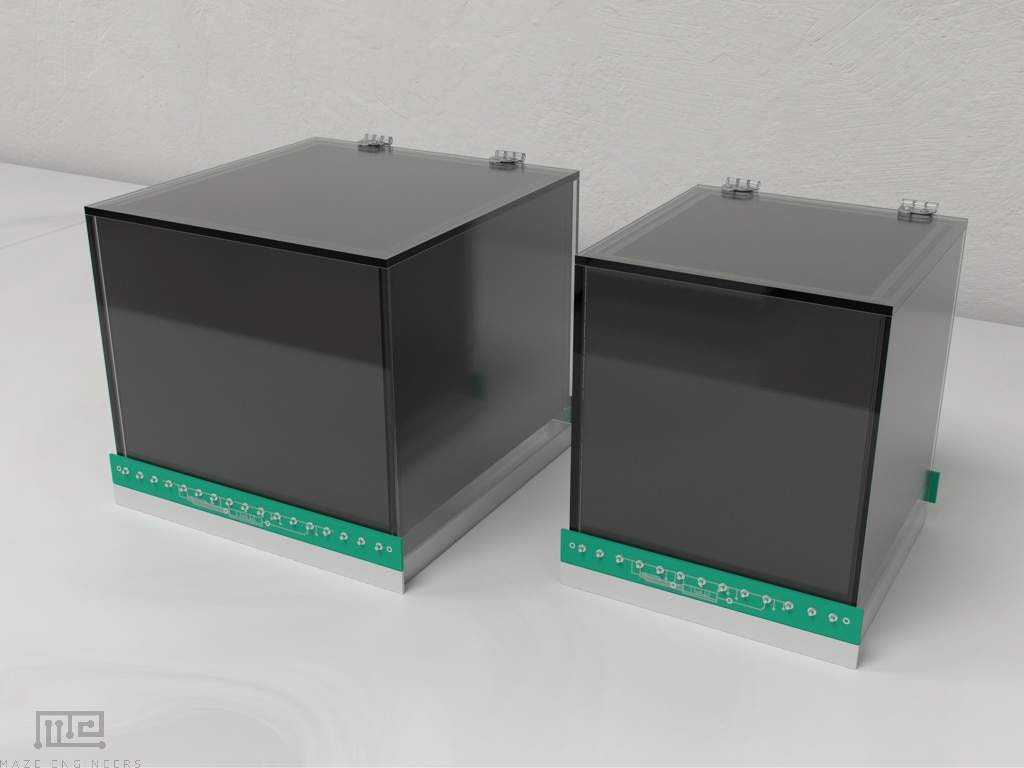
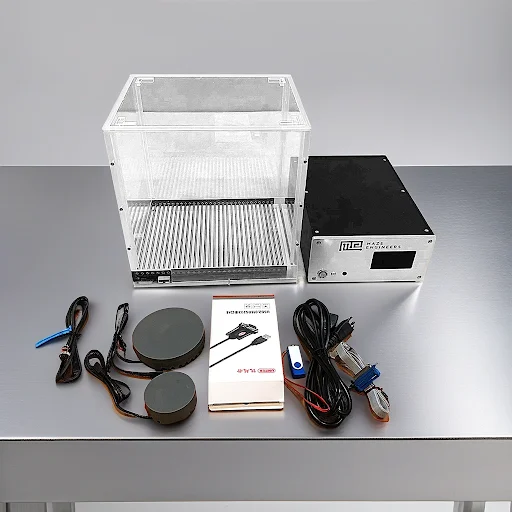
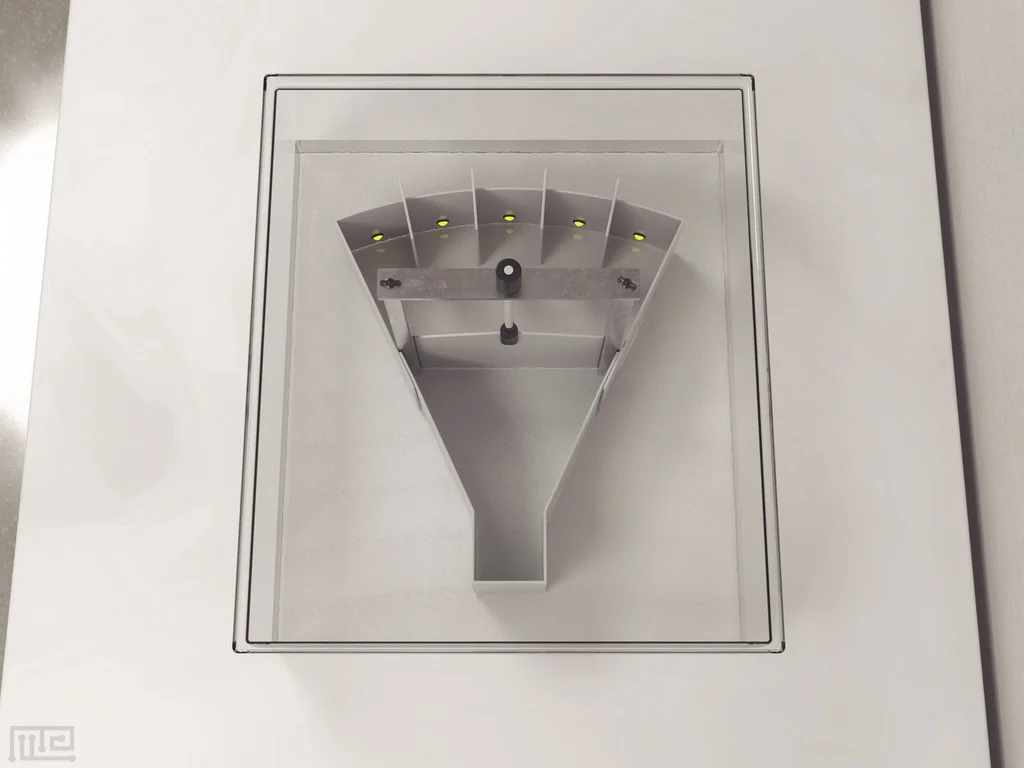
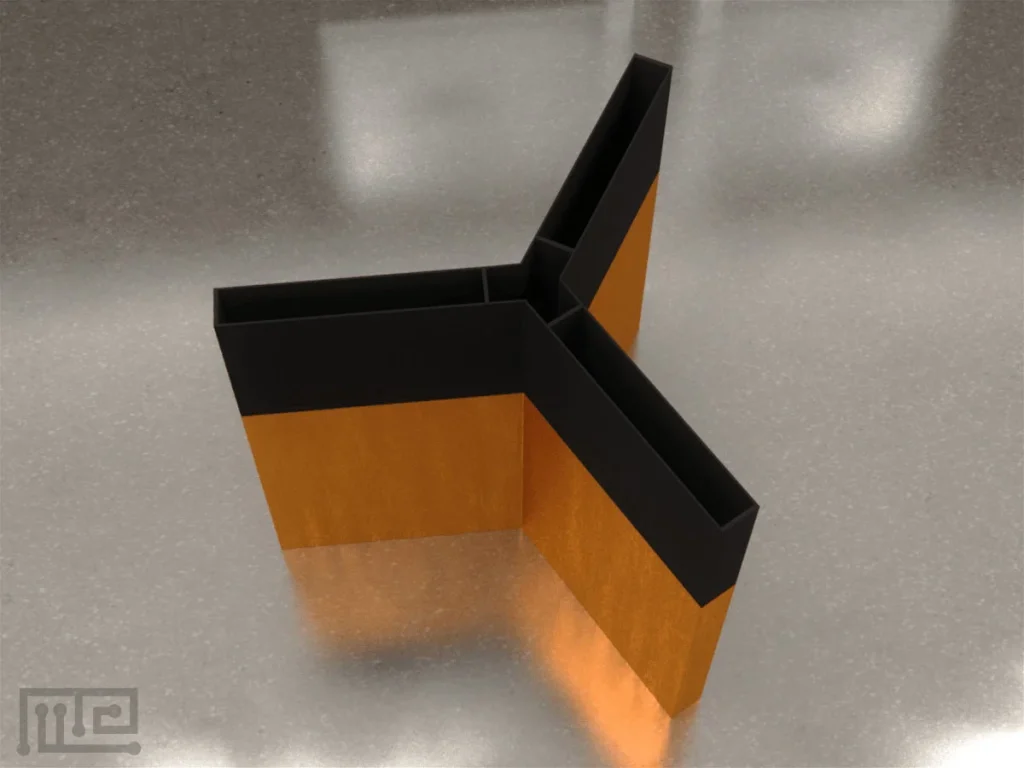

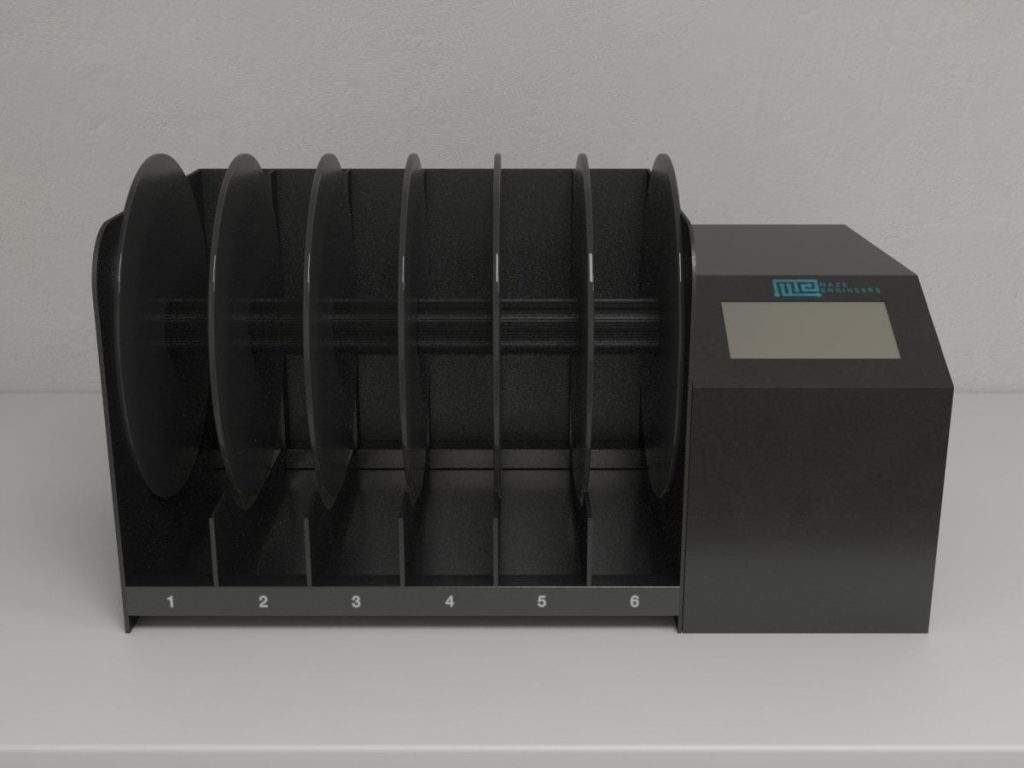







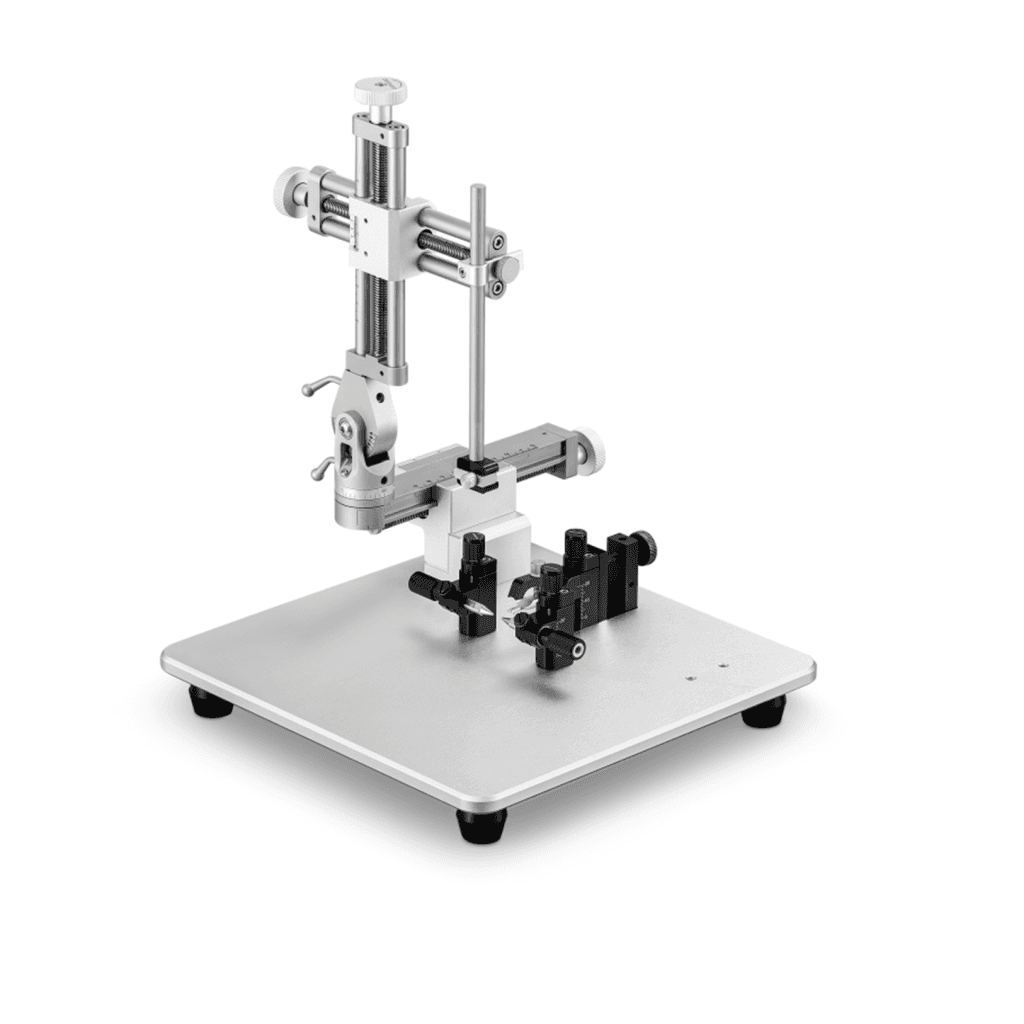
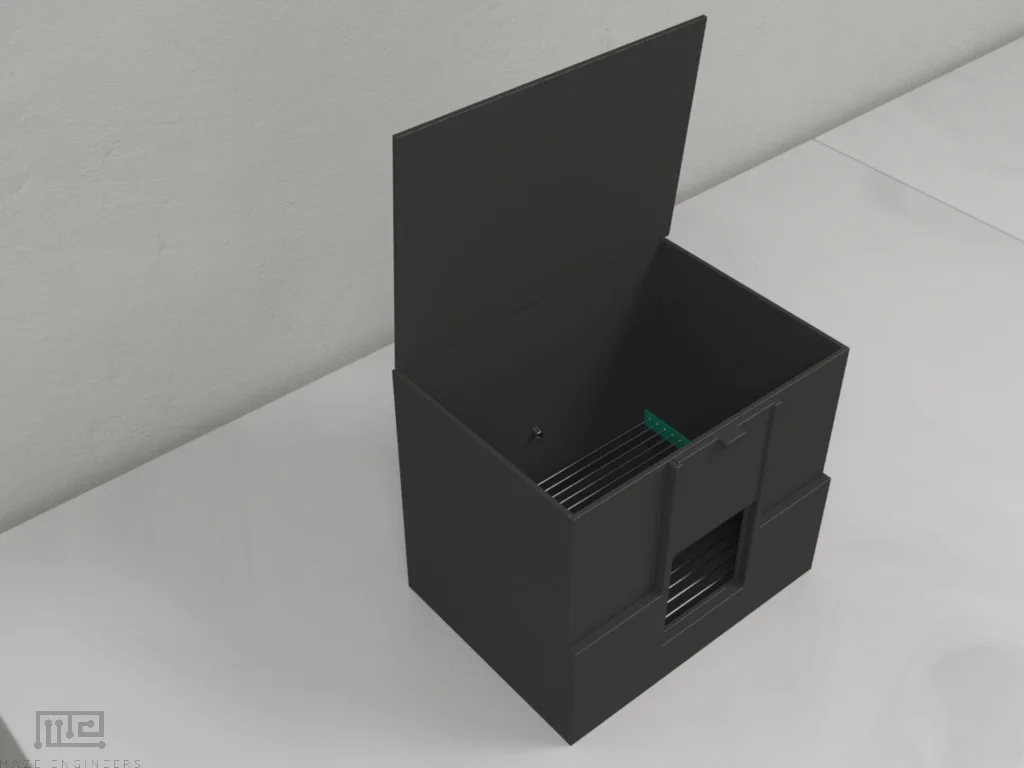
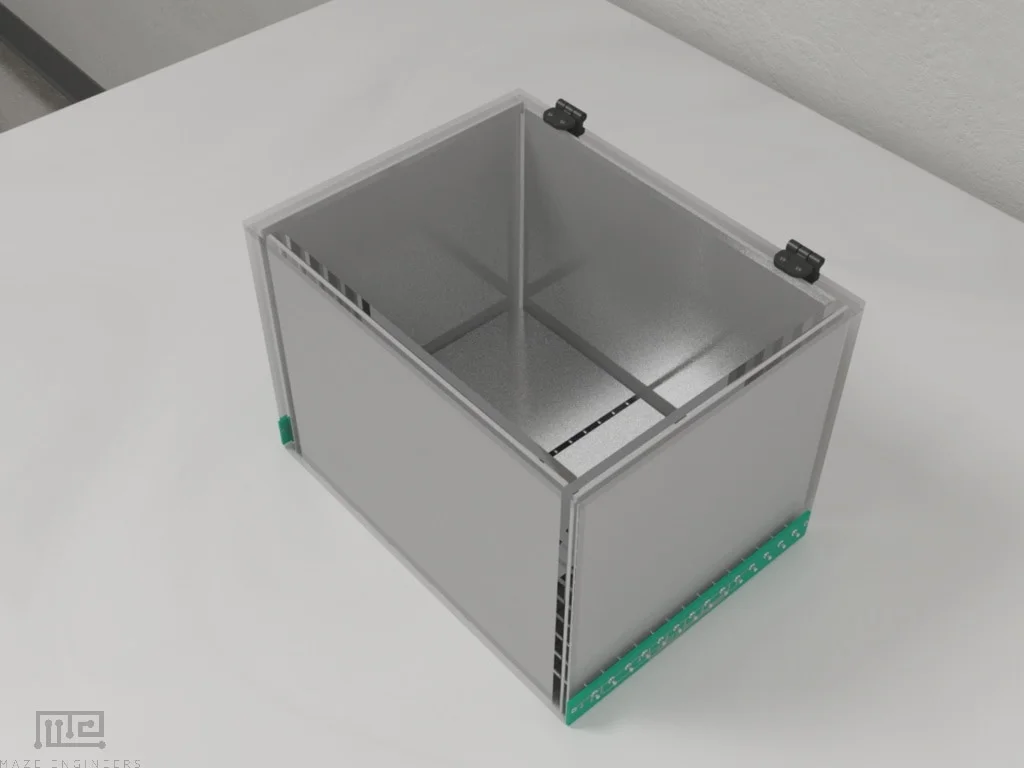
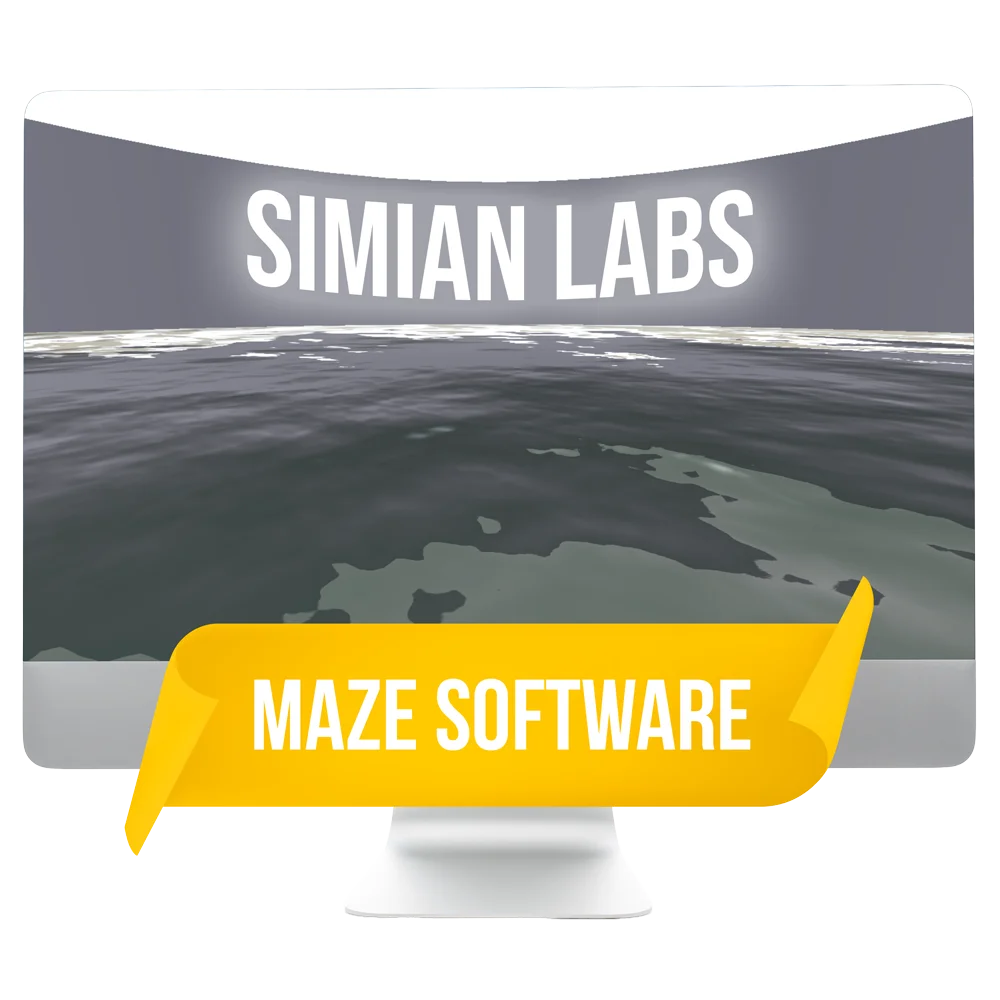
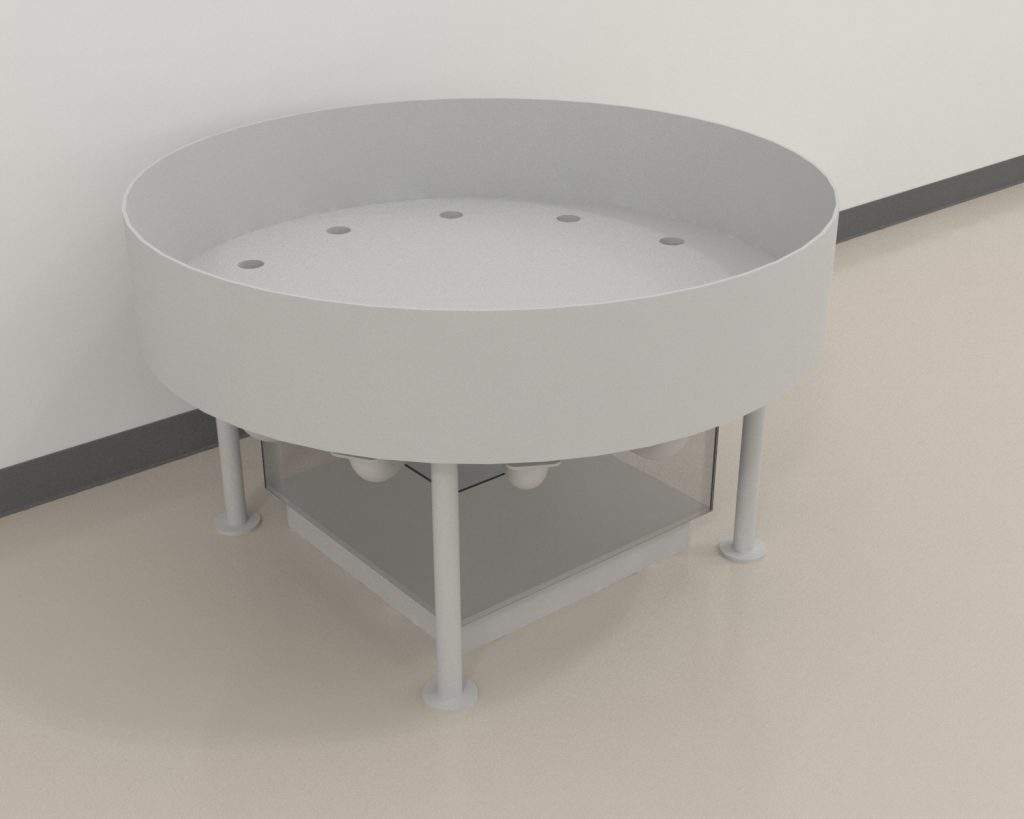
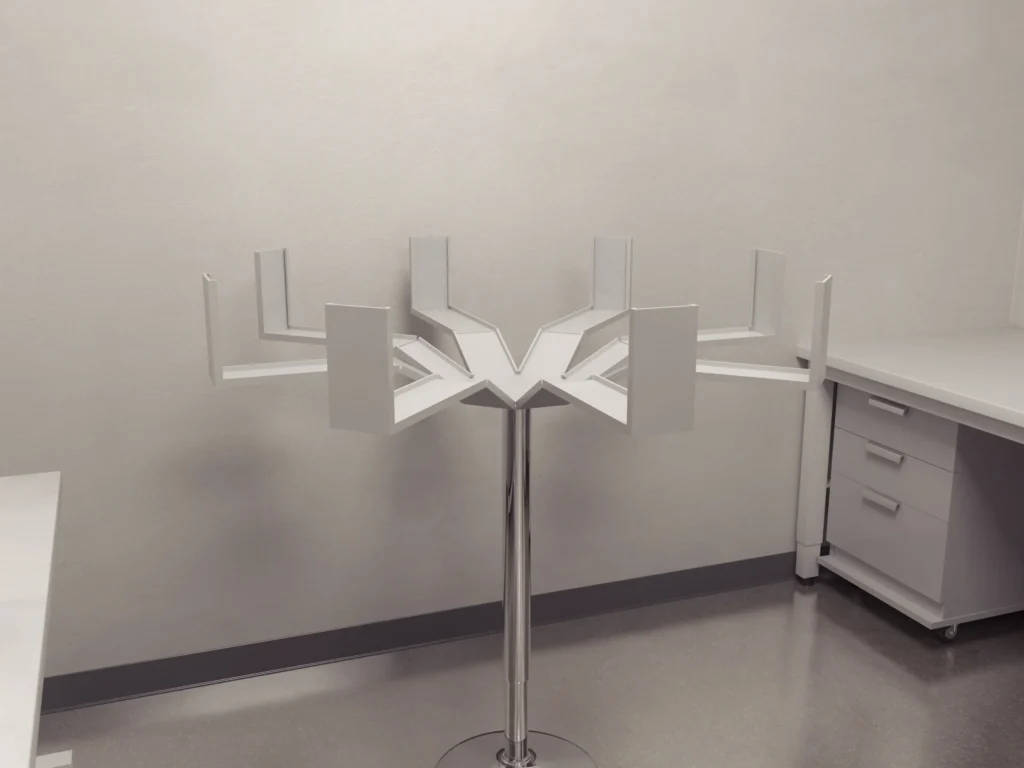



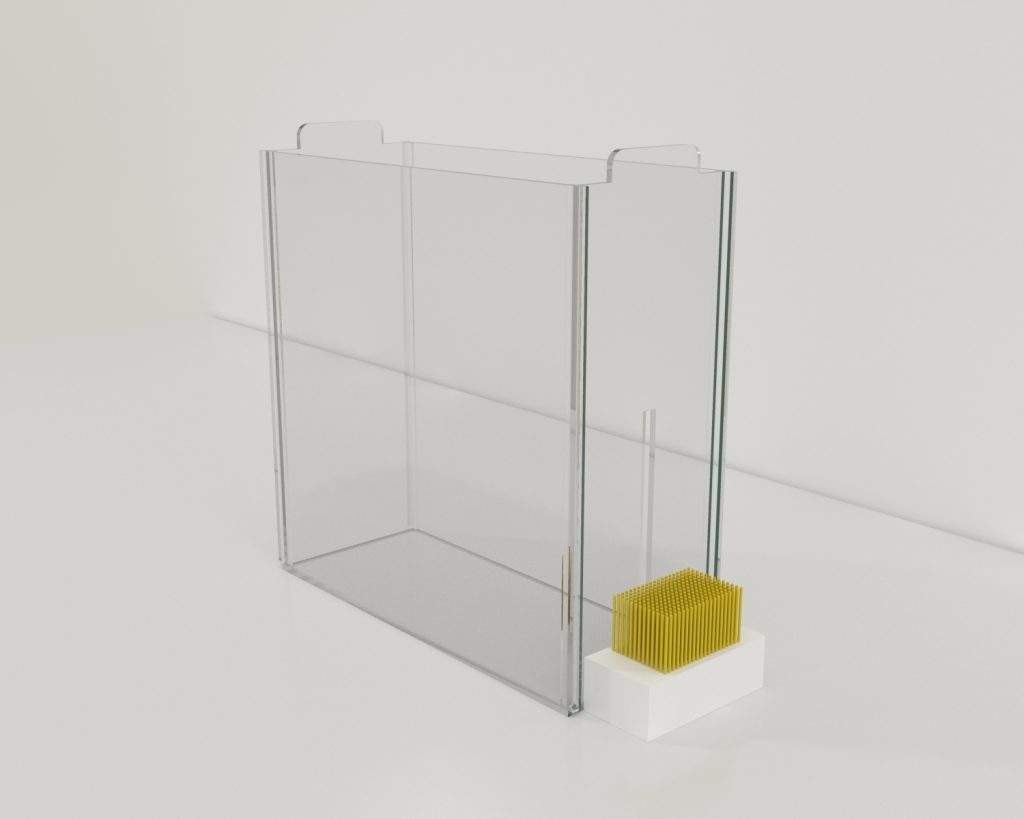
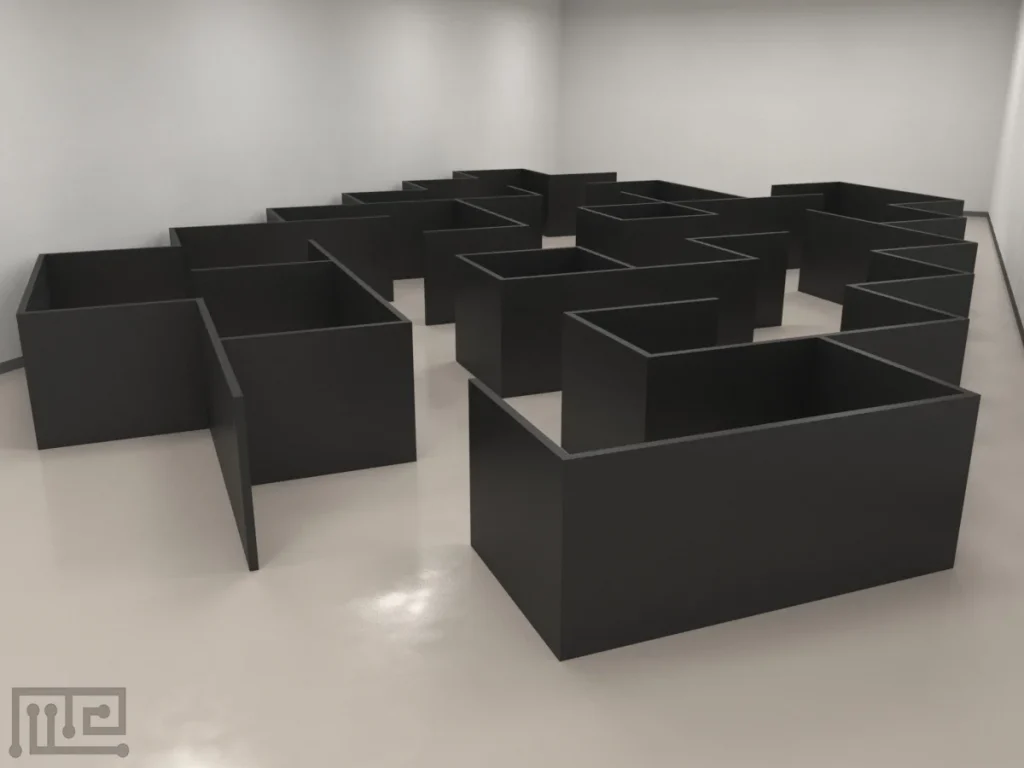

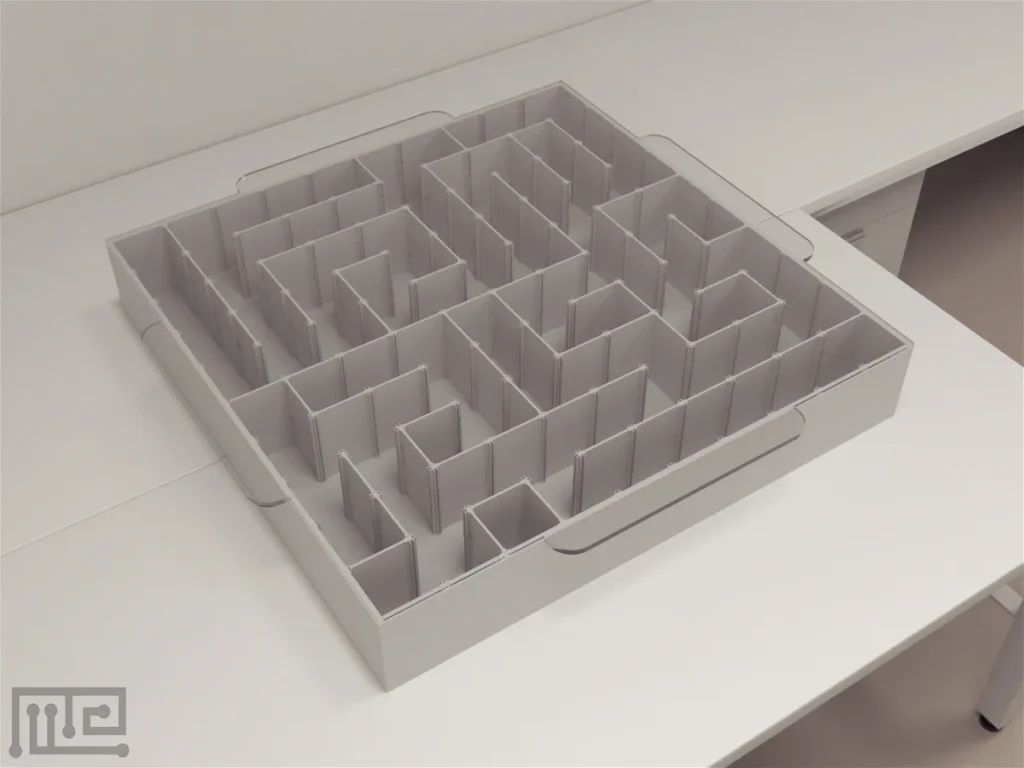
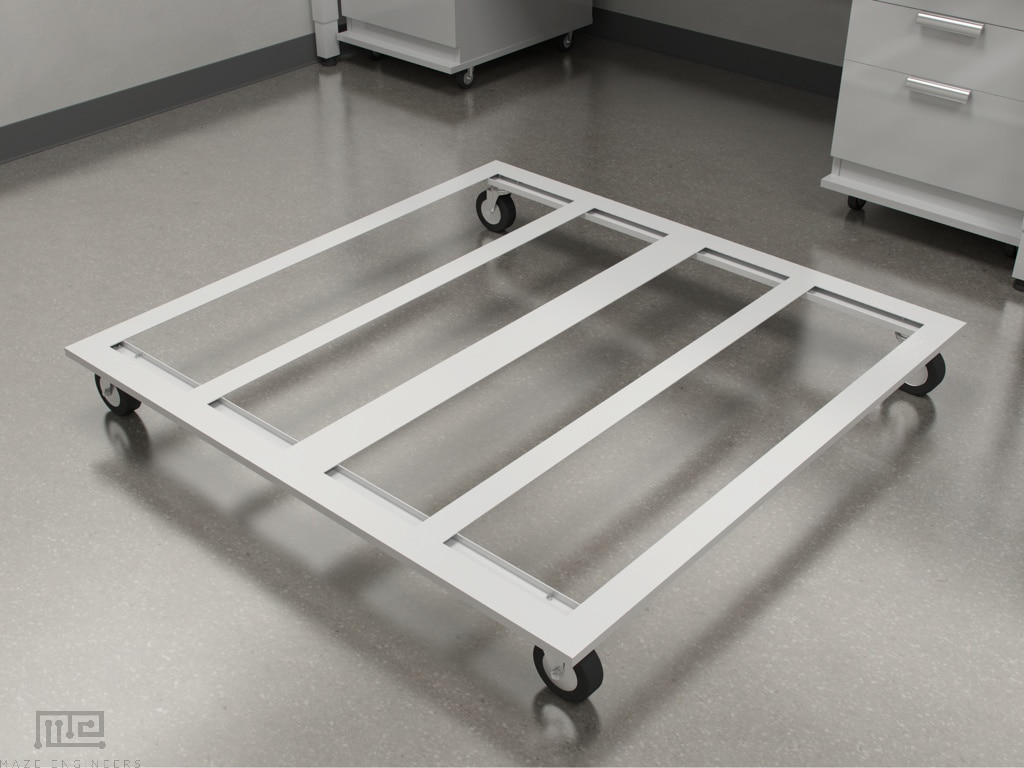
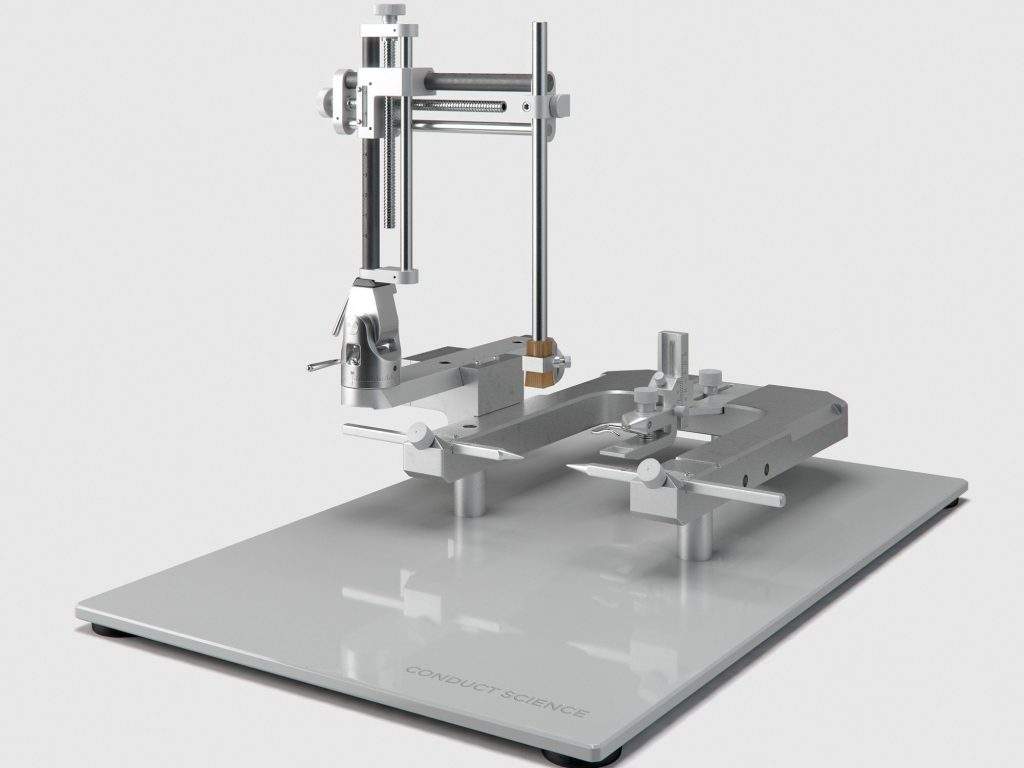
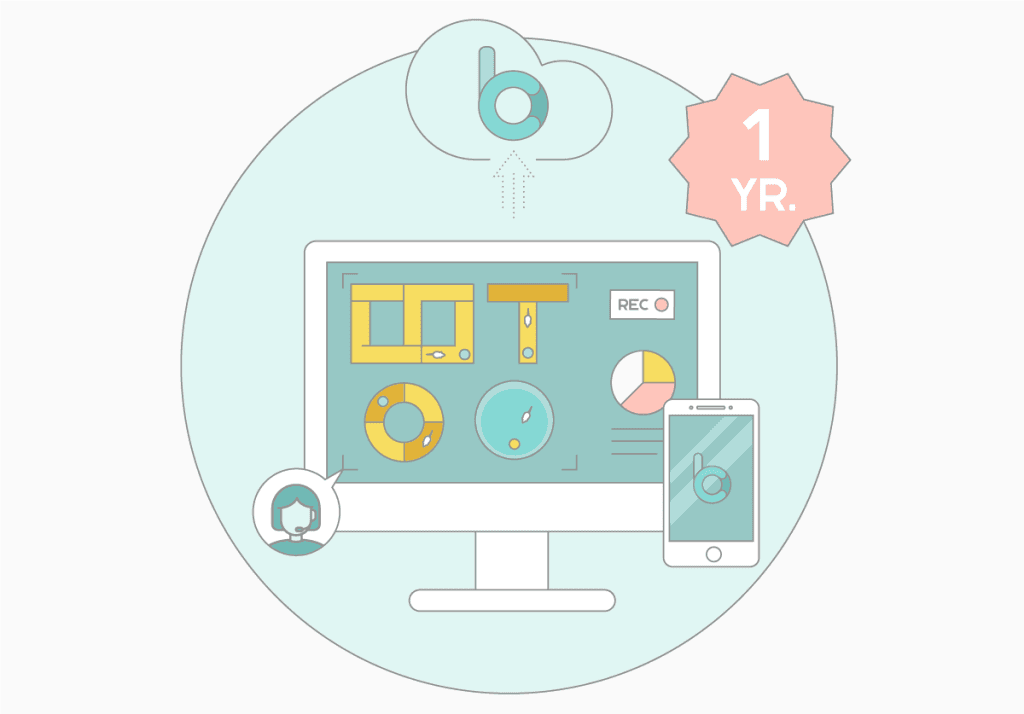

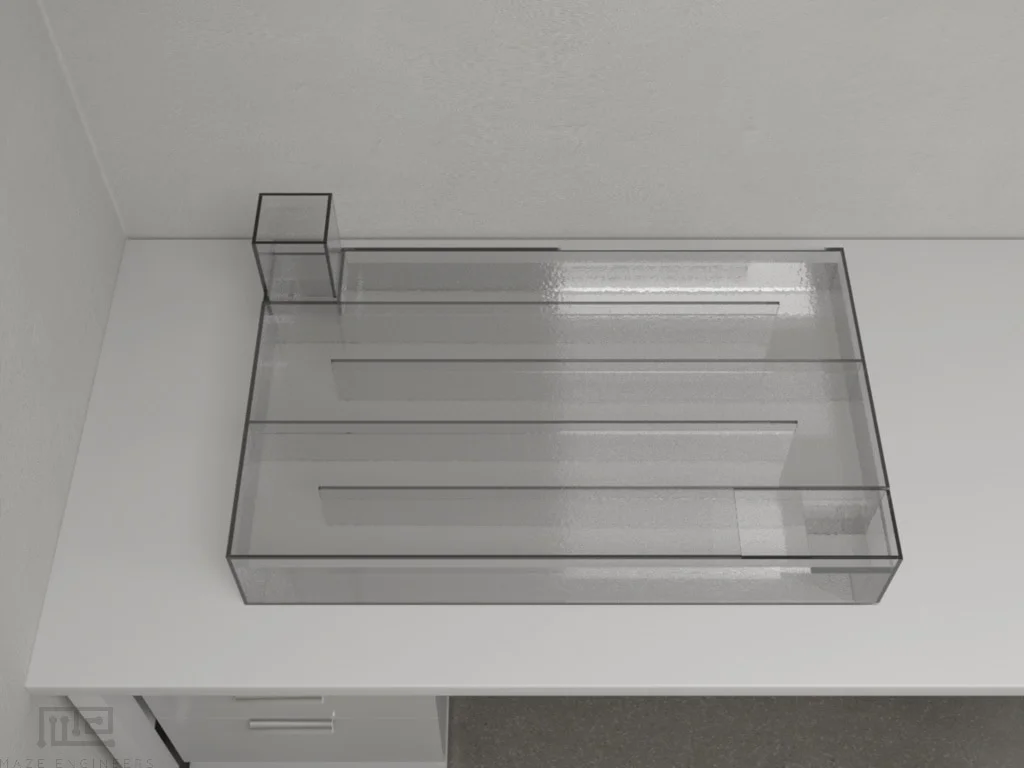
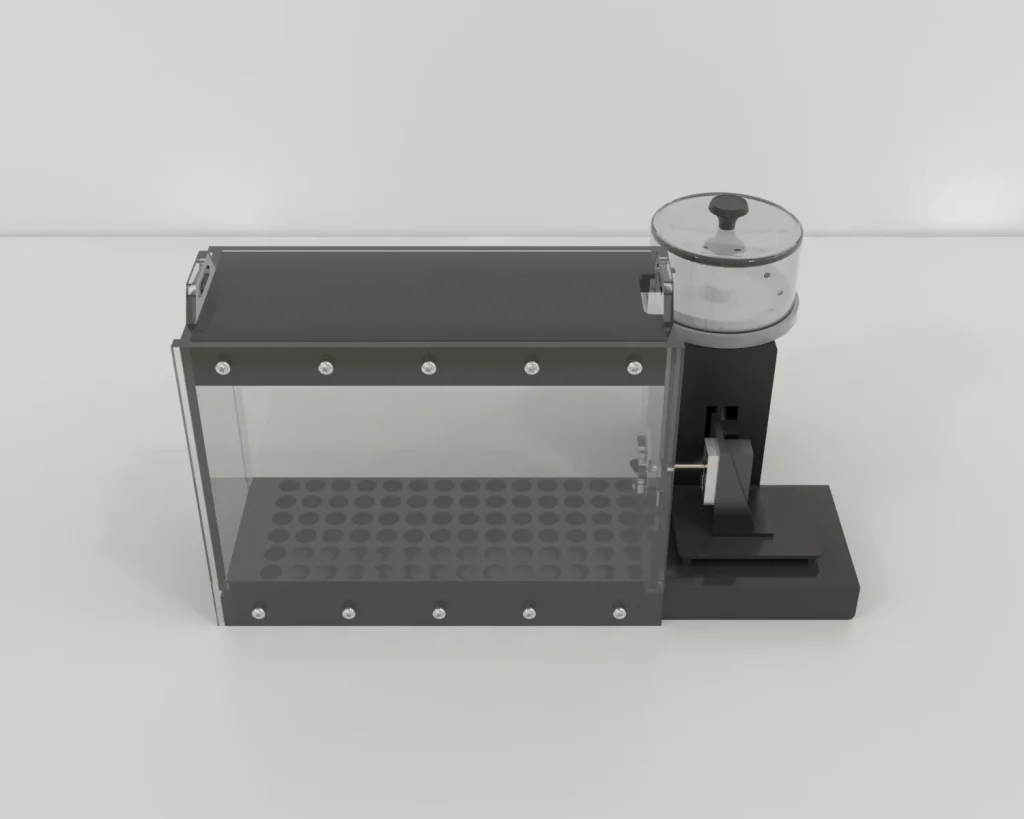

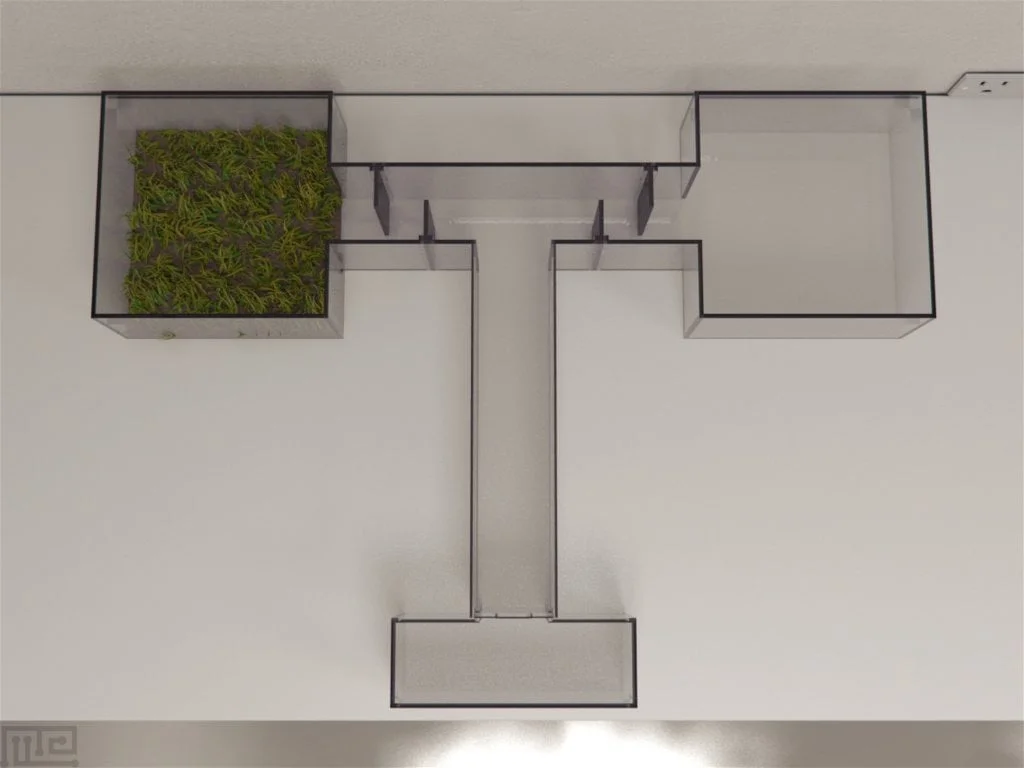
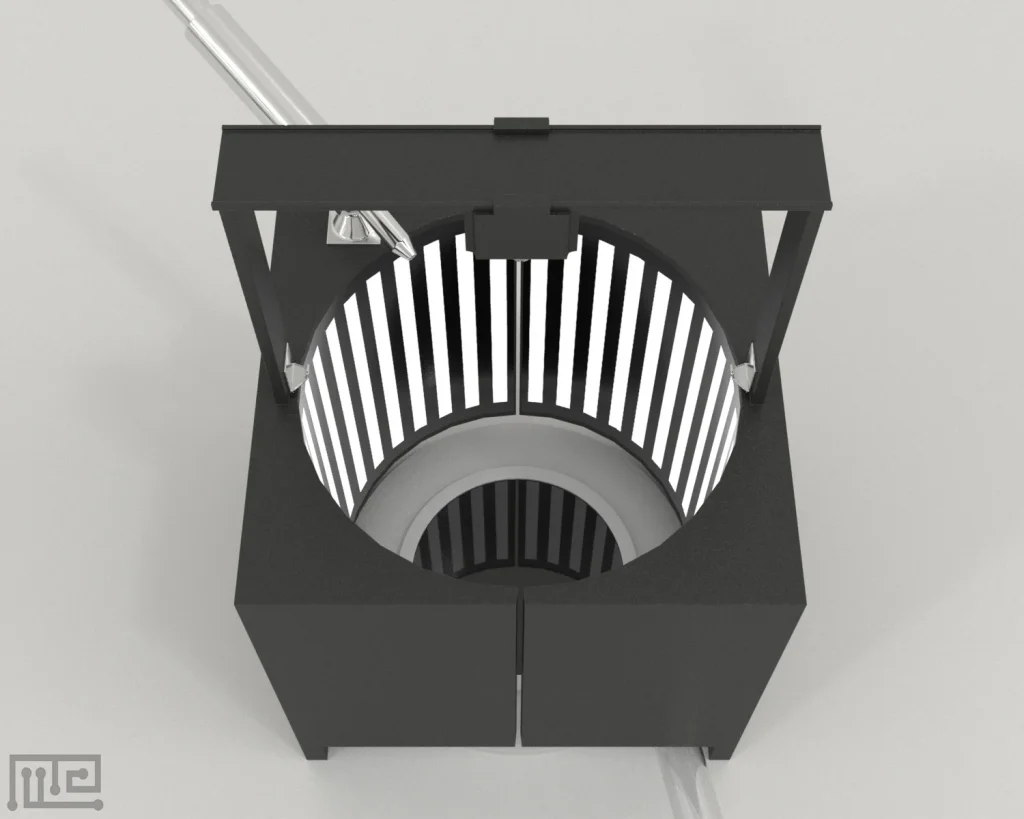
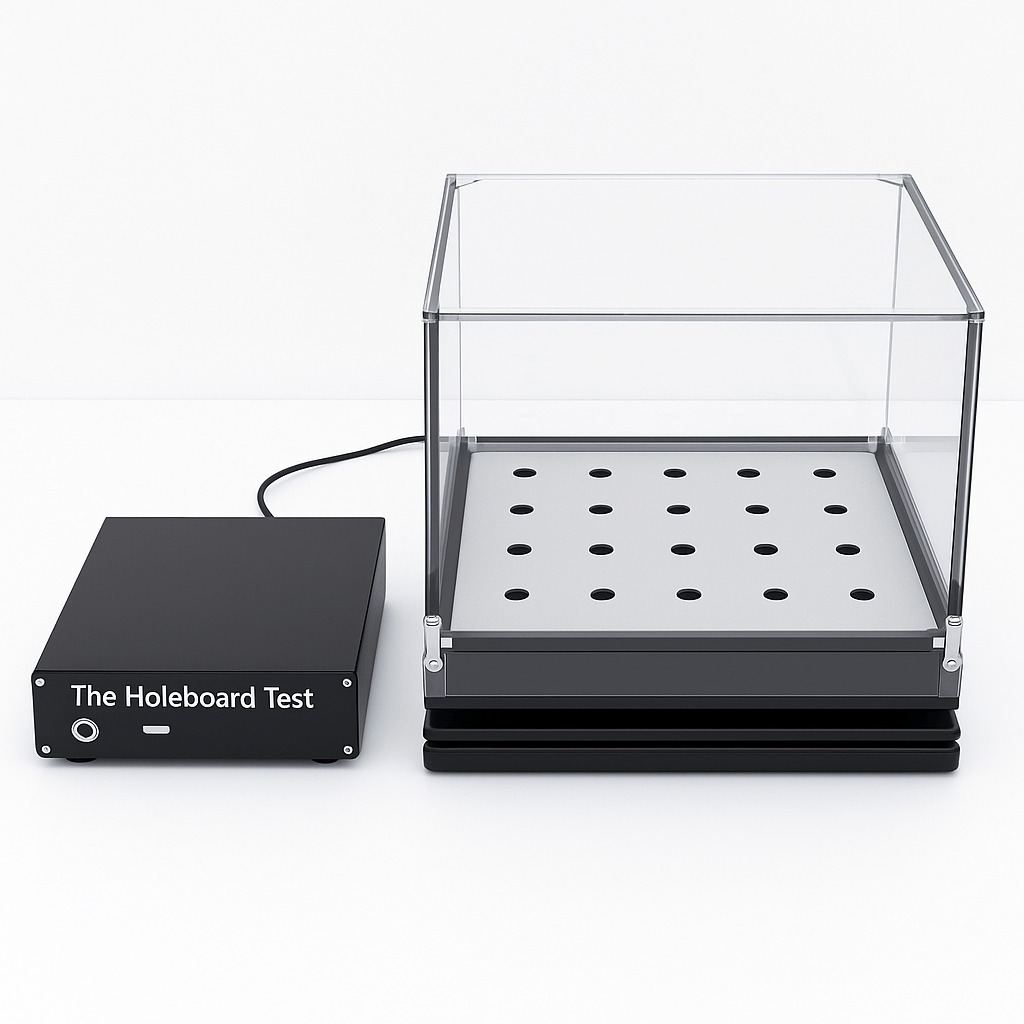

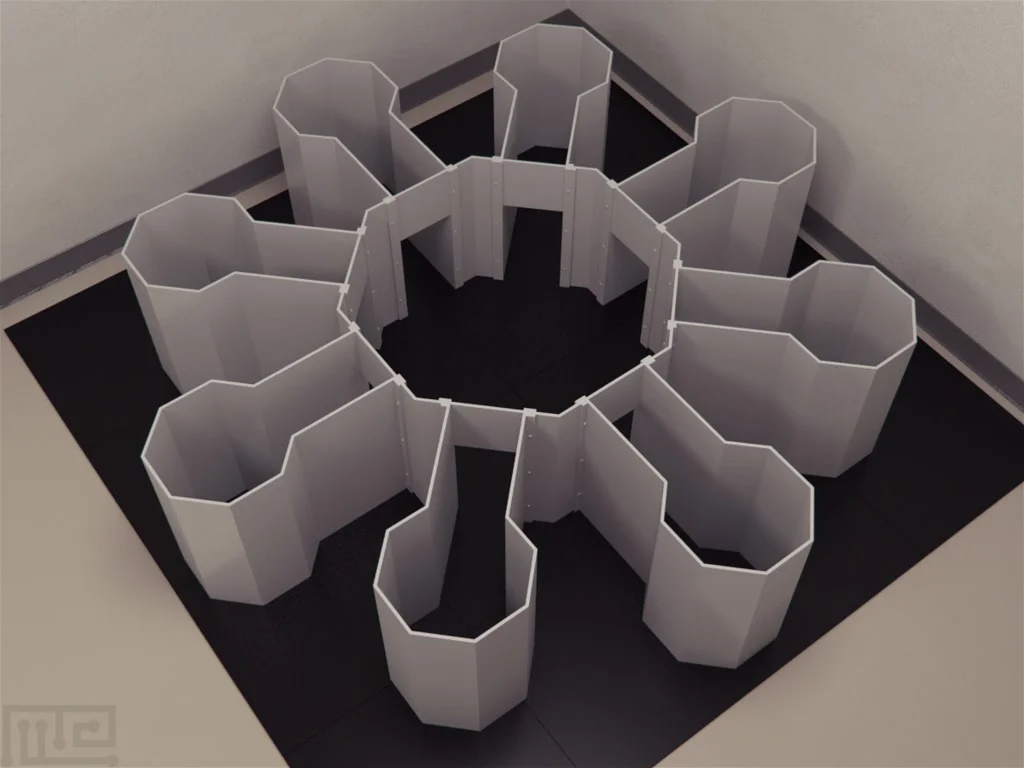
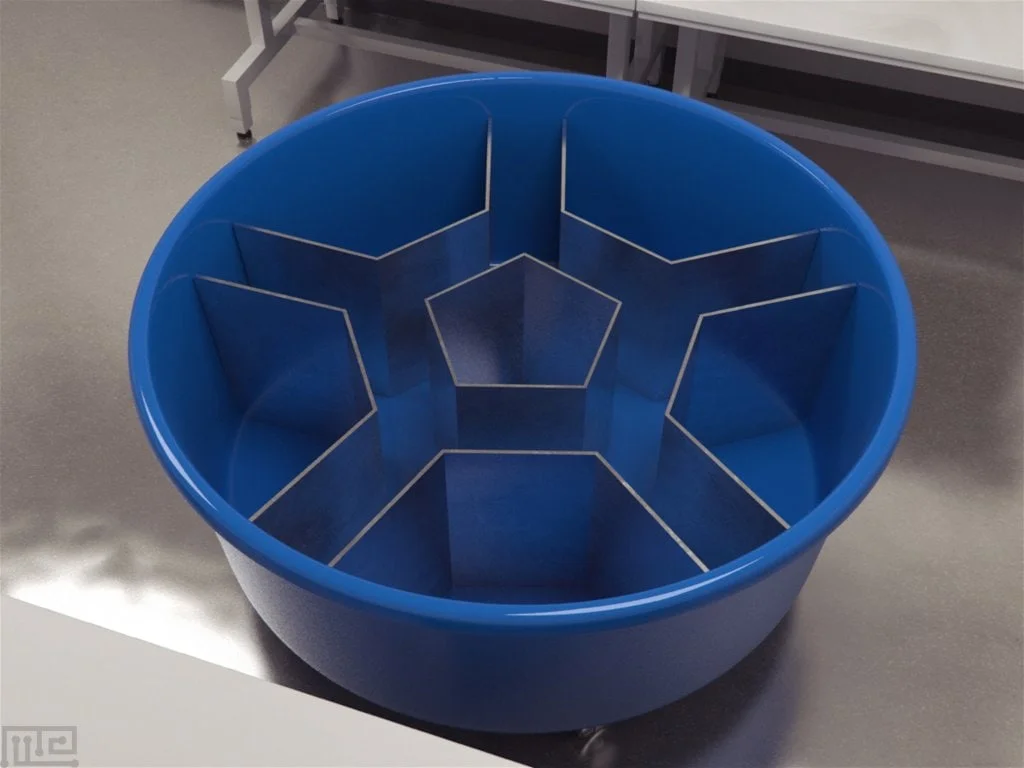
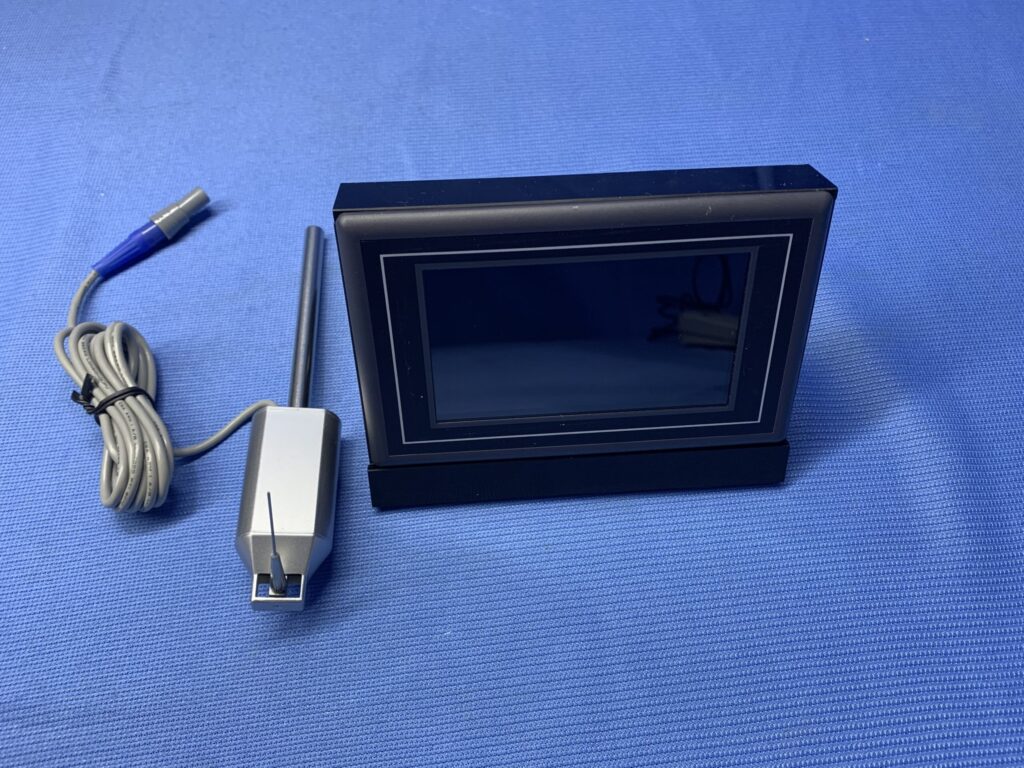

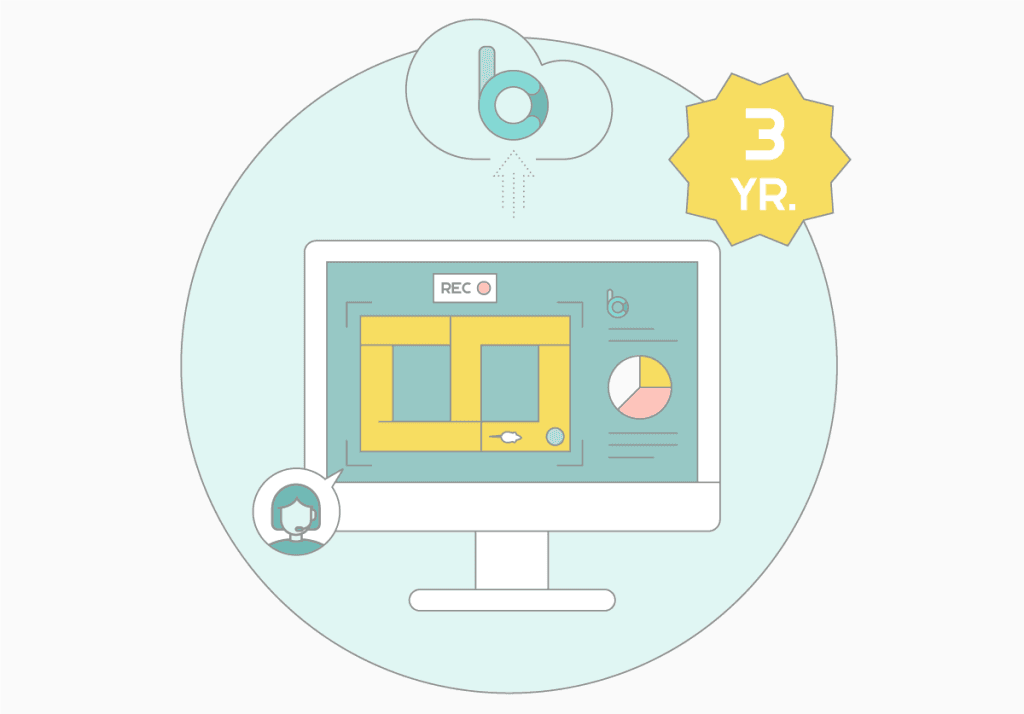


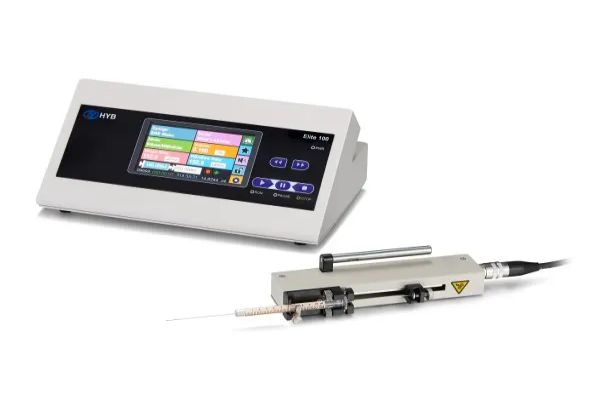
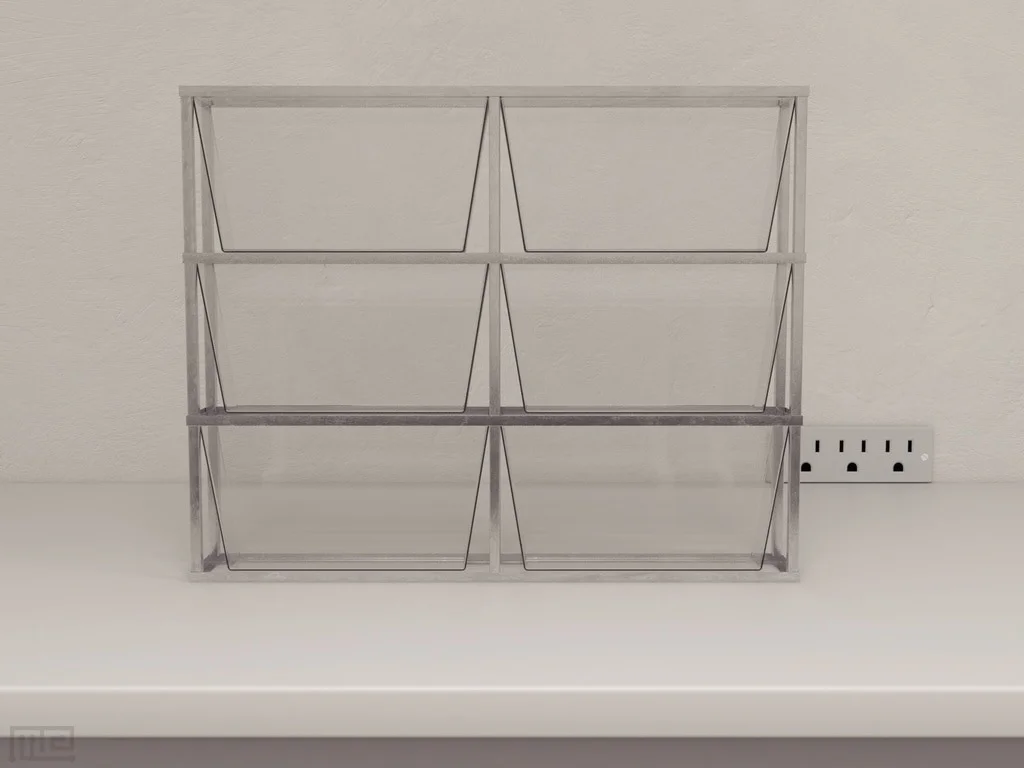
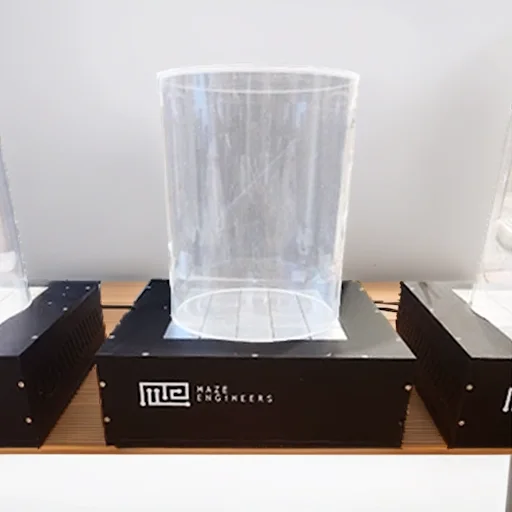
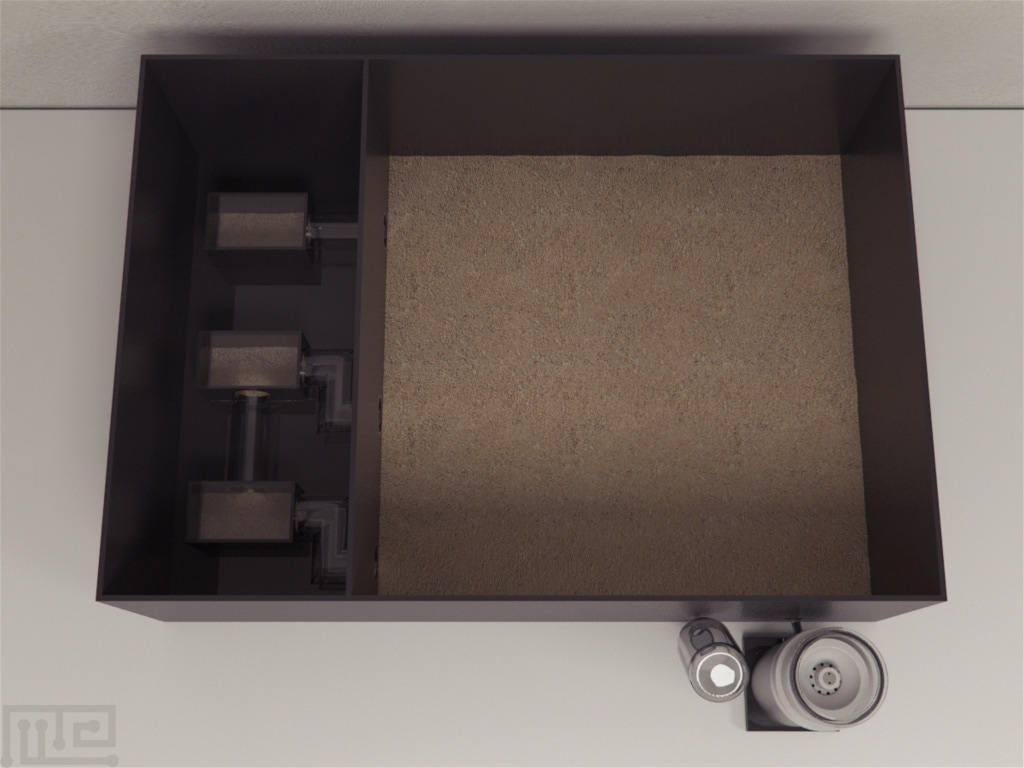

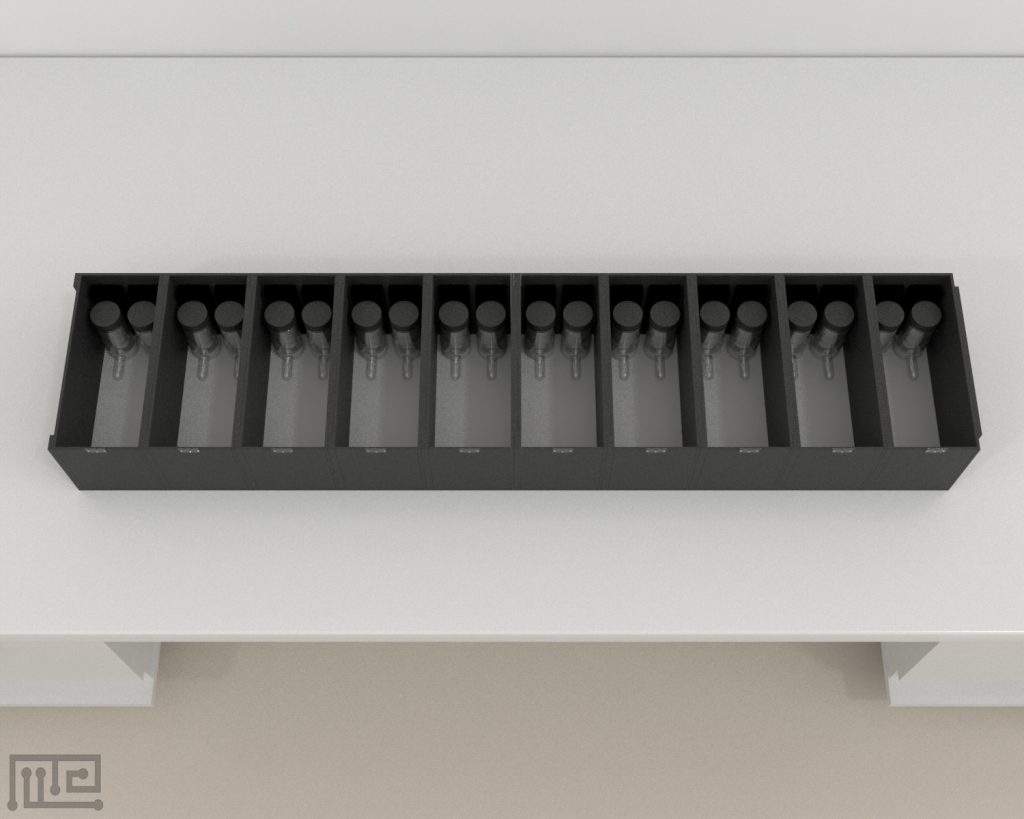

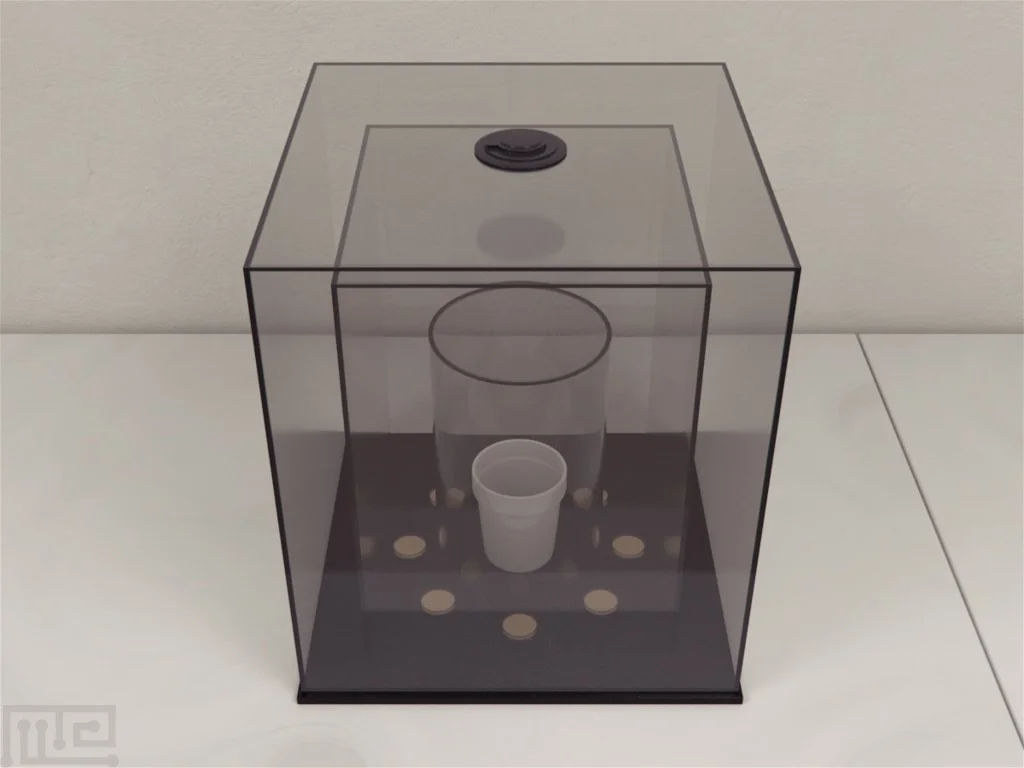
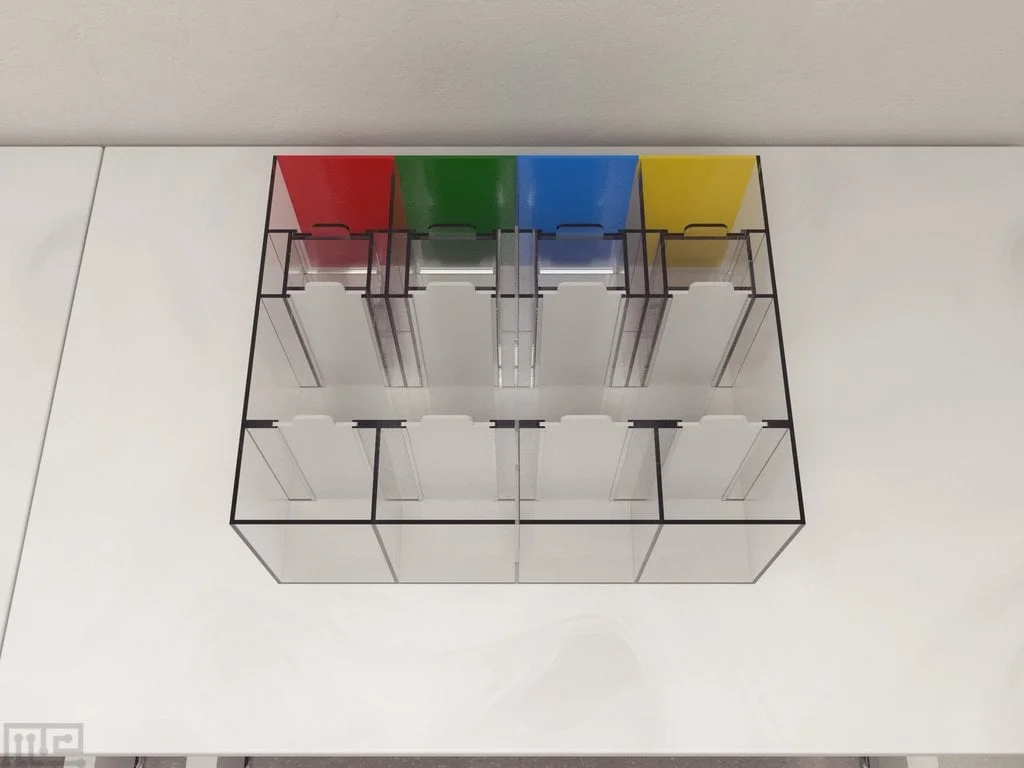

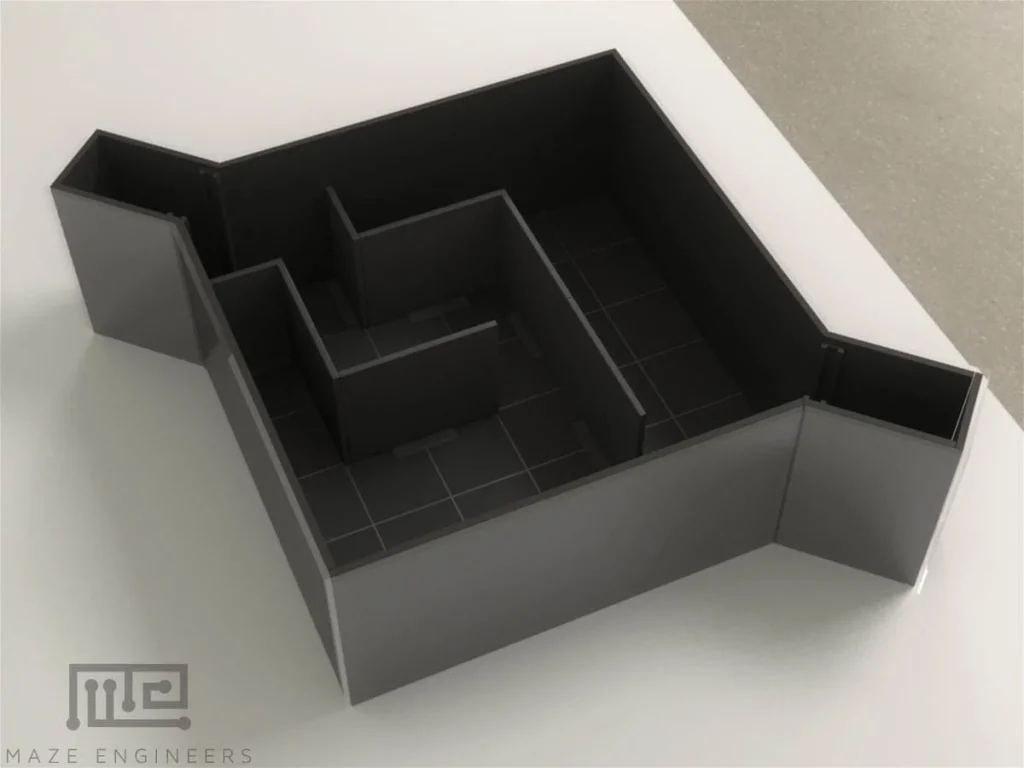
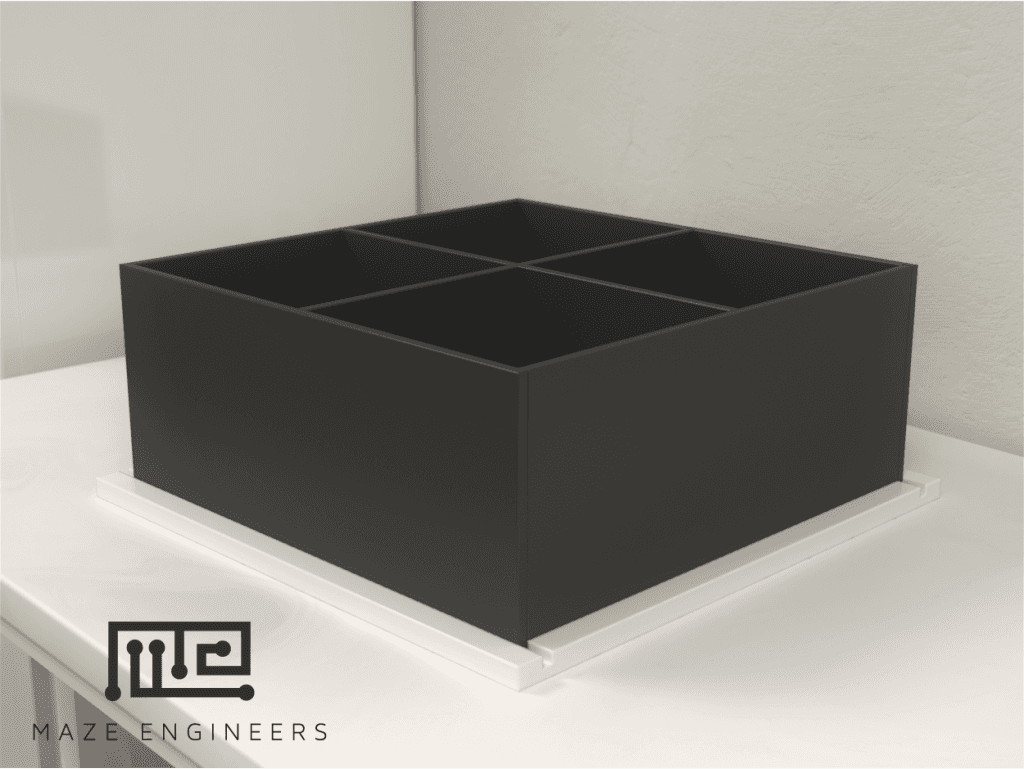


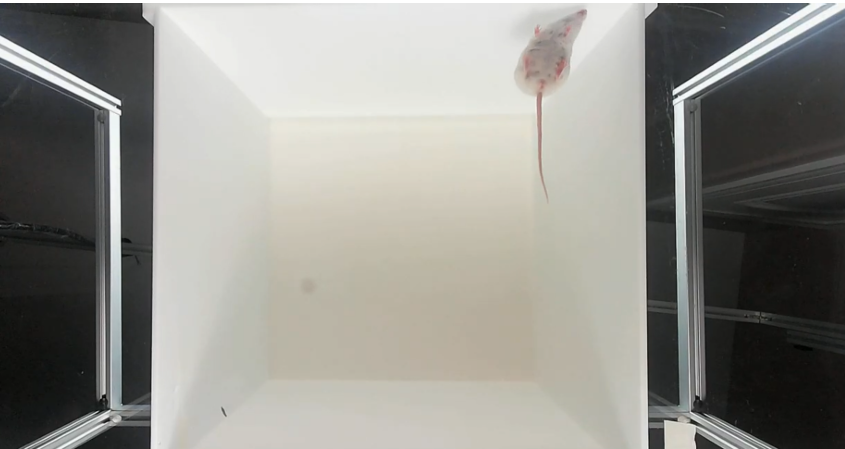

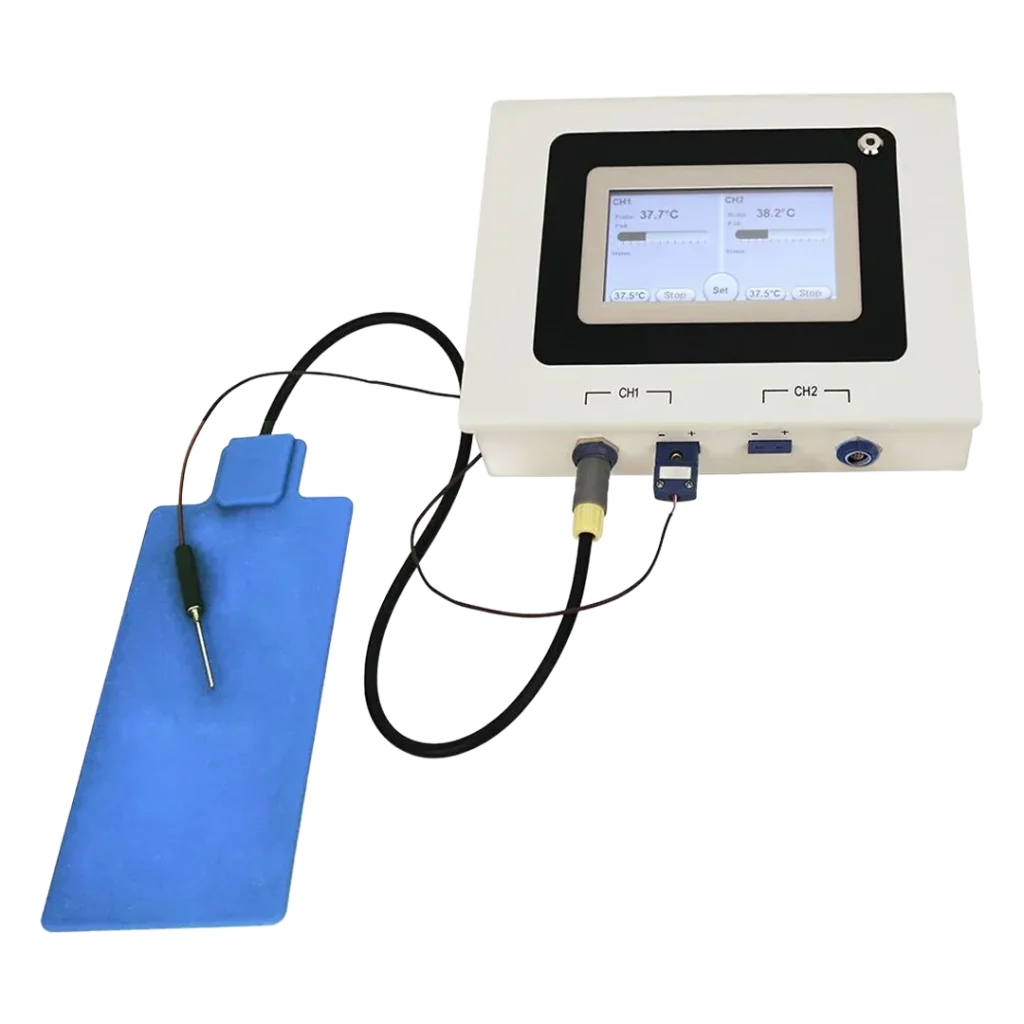
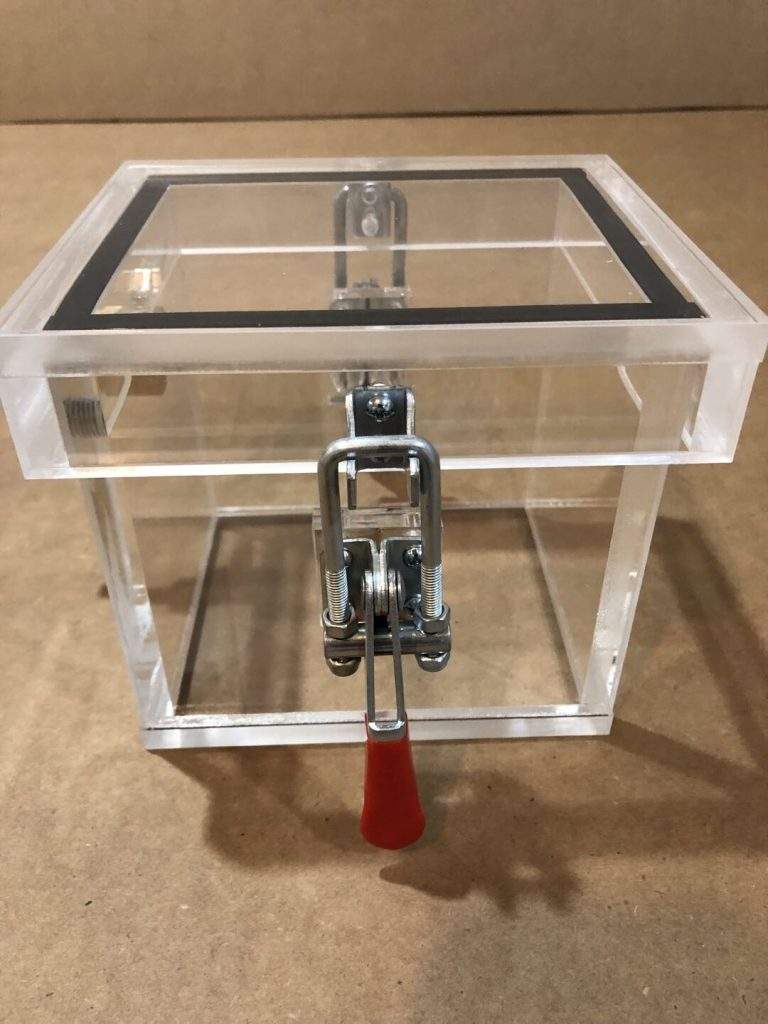

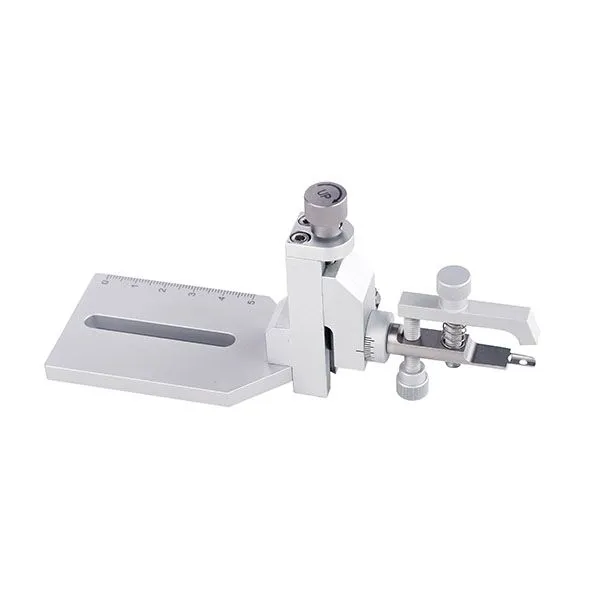
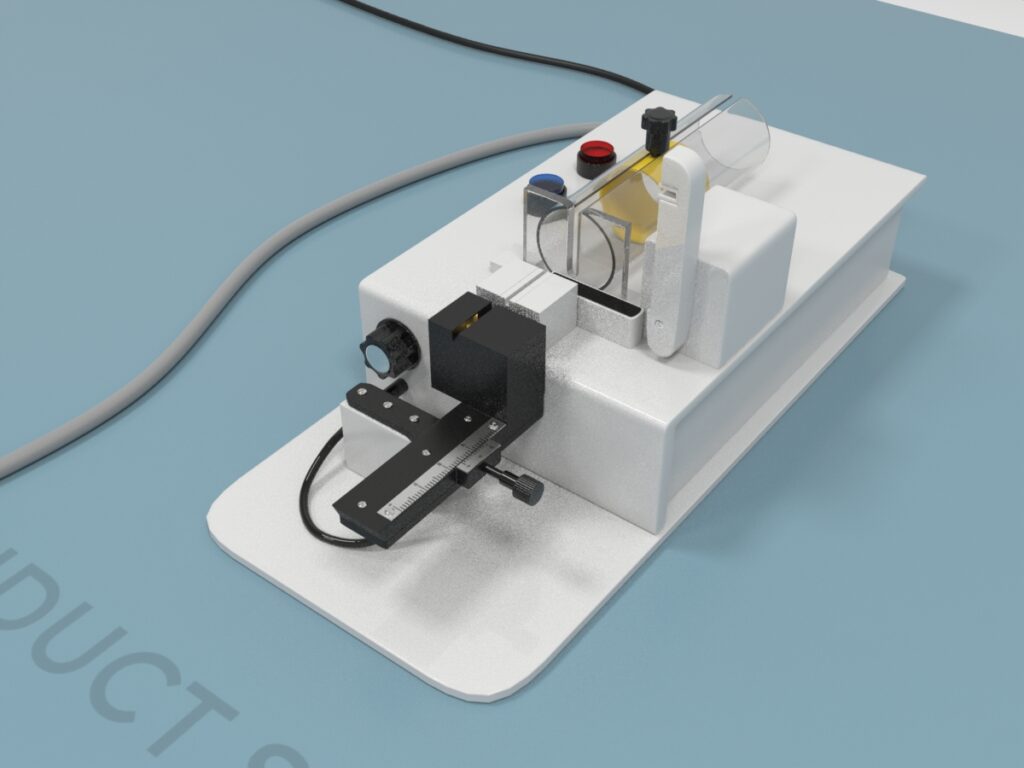

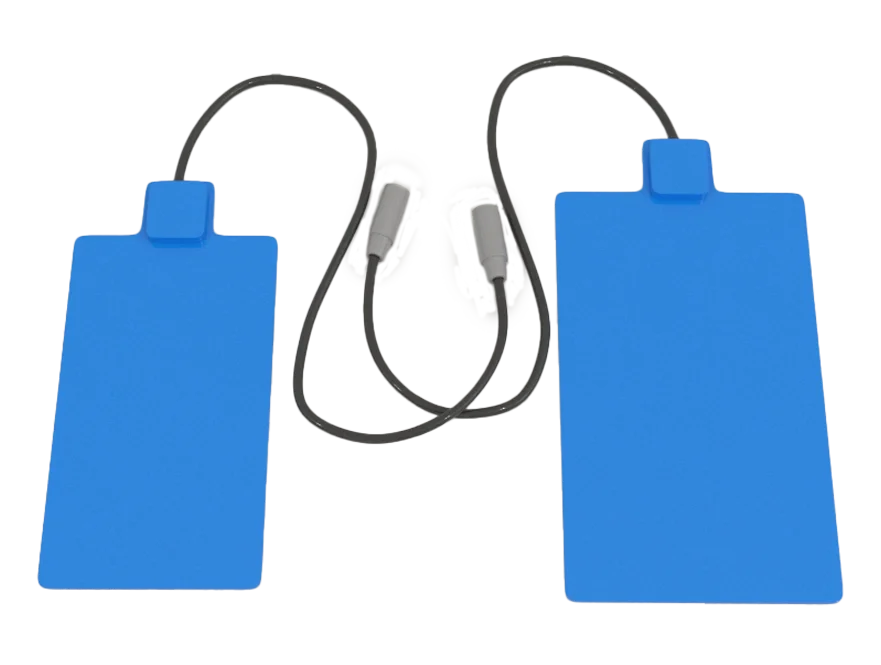



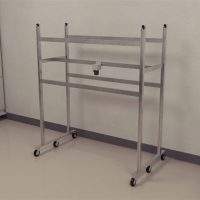
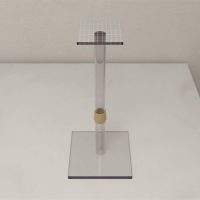

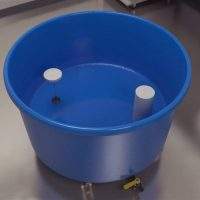


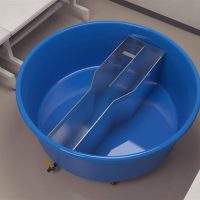
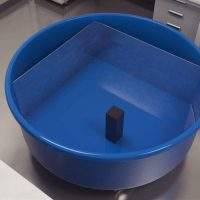
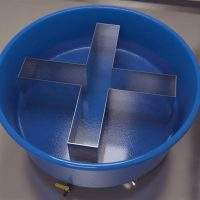
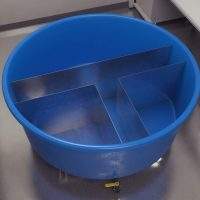
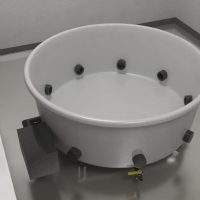
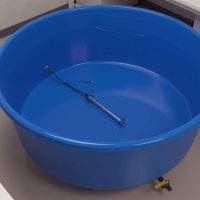

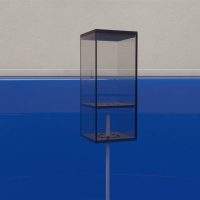
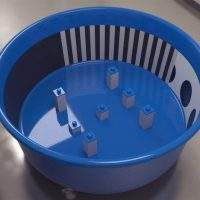


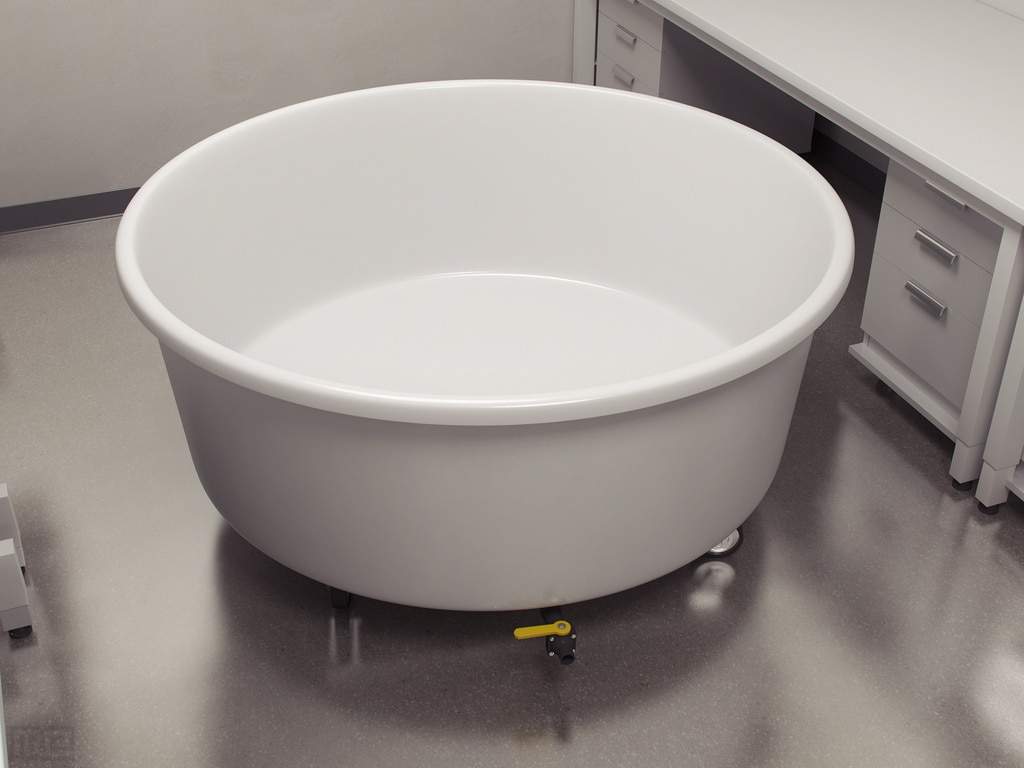
Reviews
There are no reviews yet.